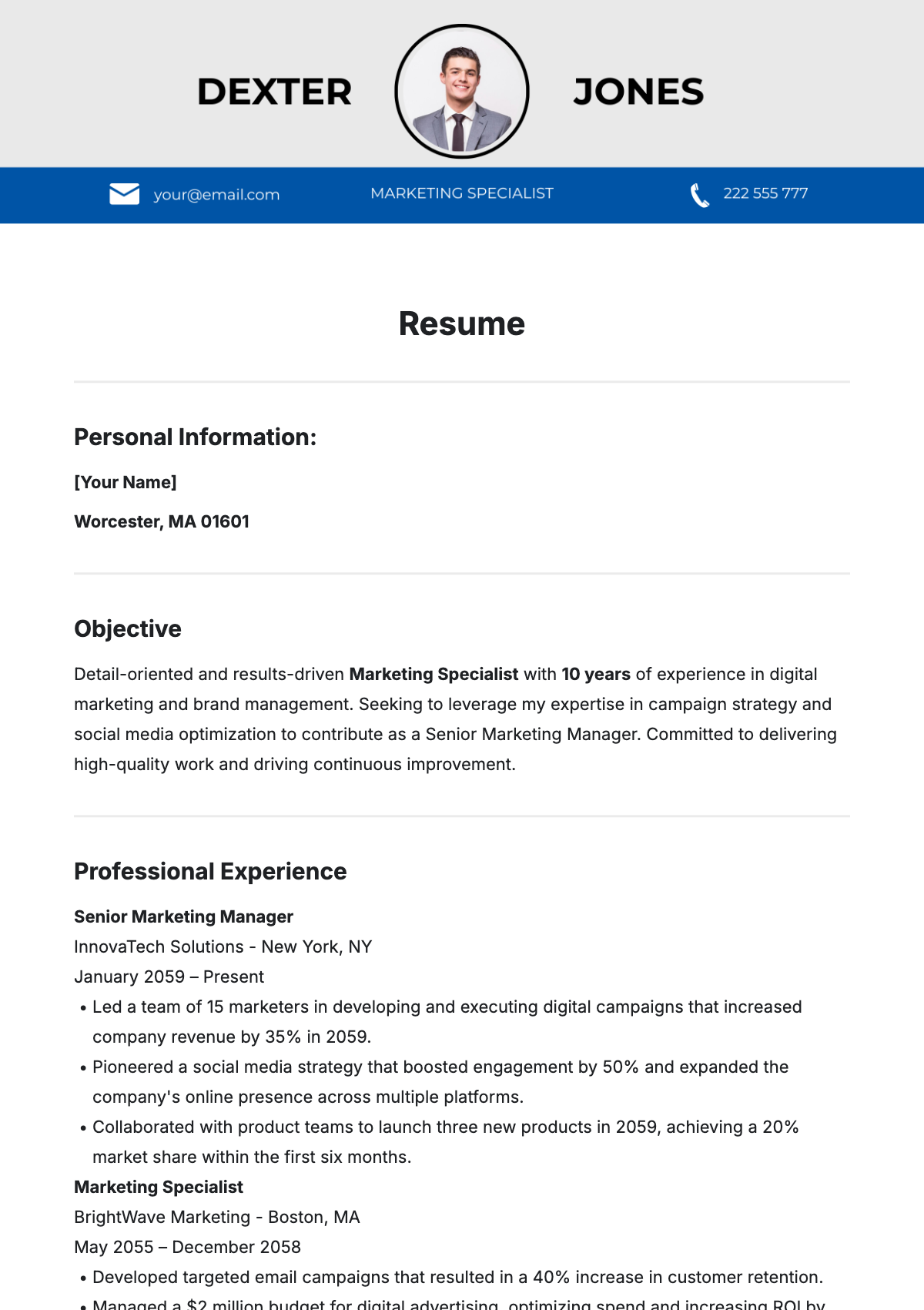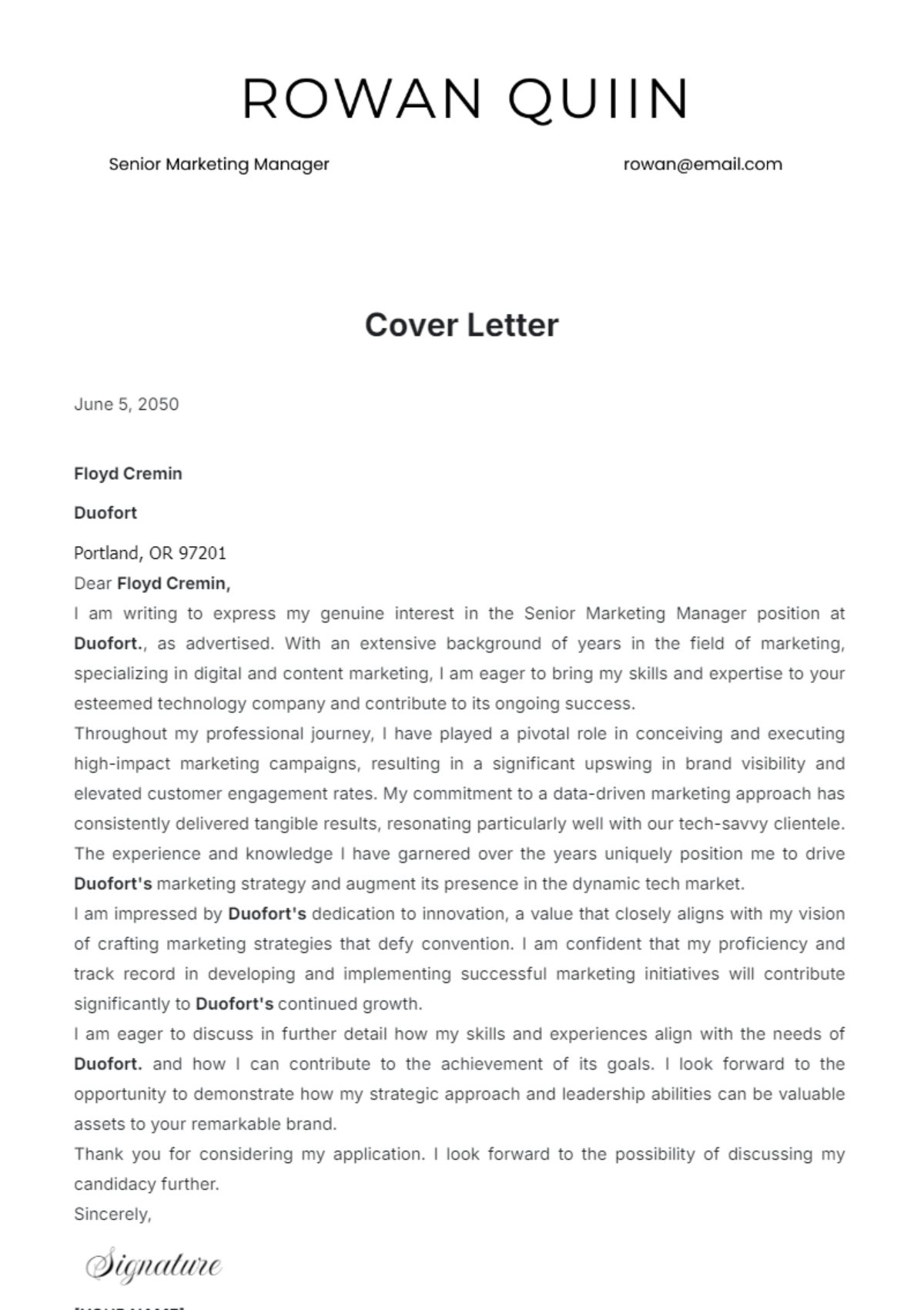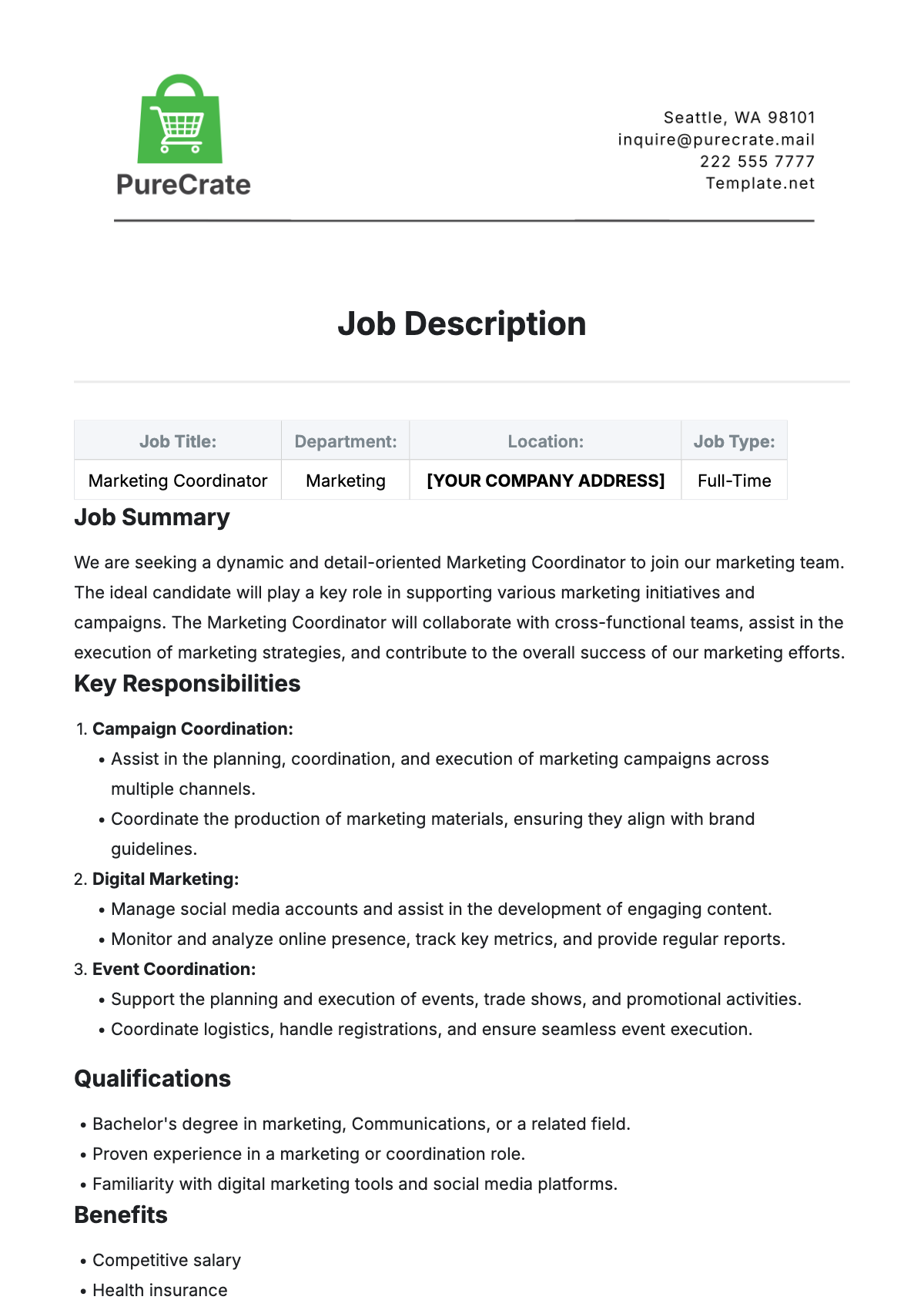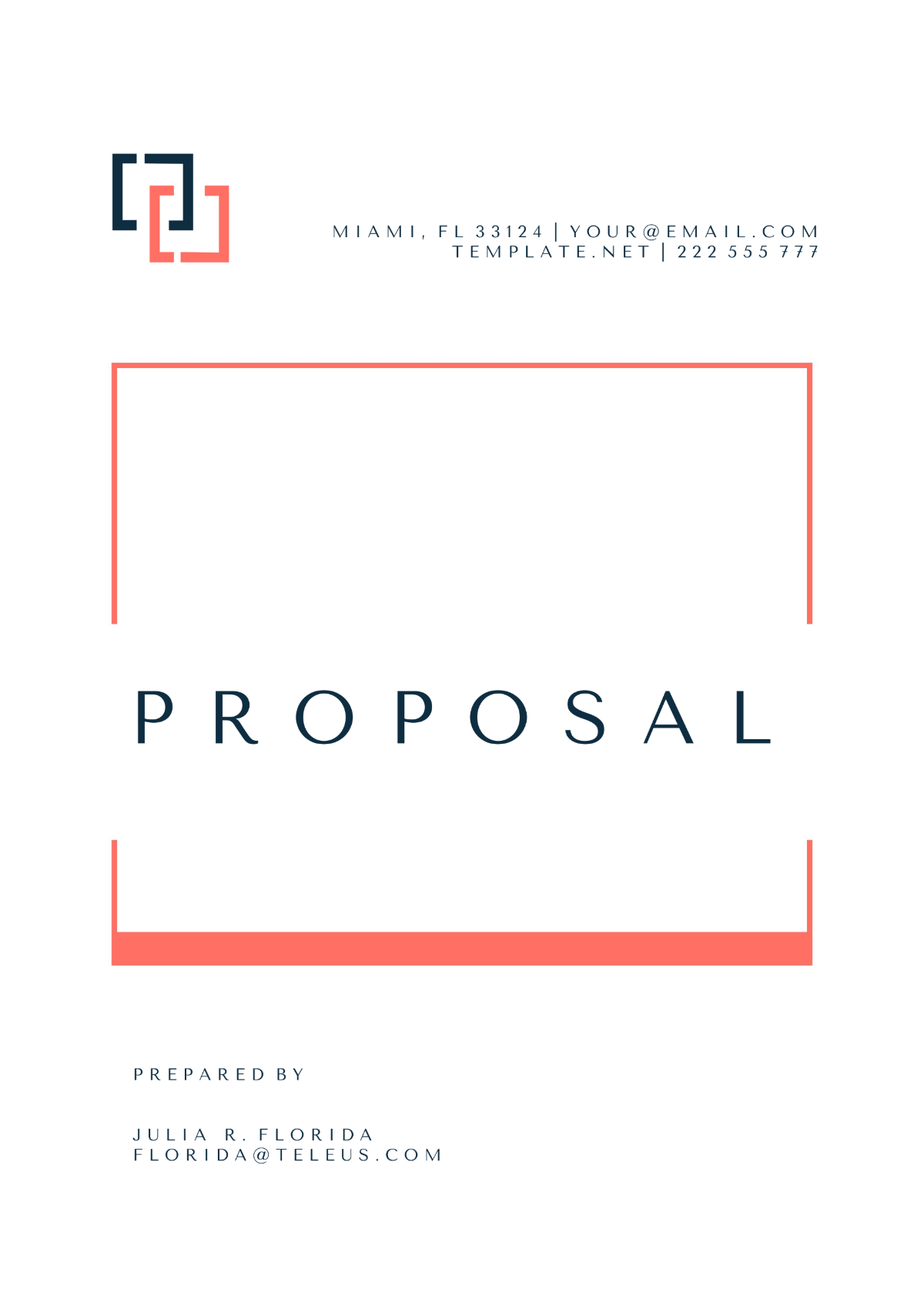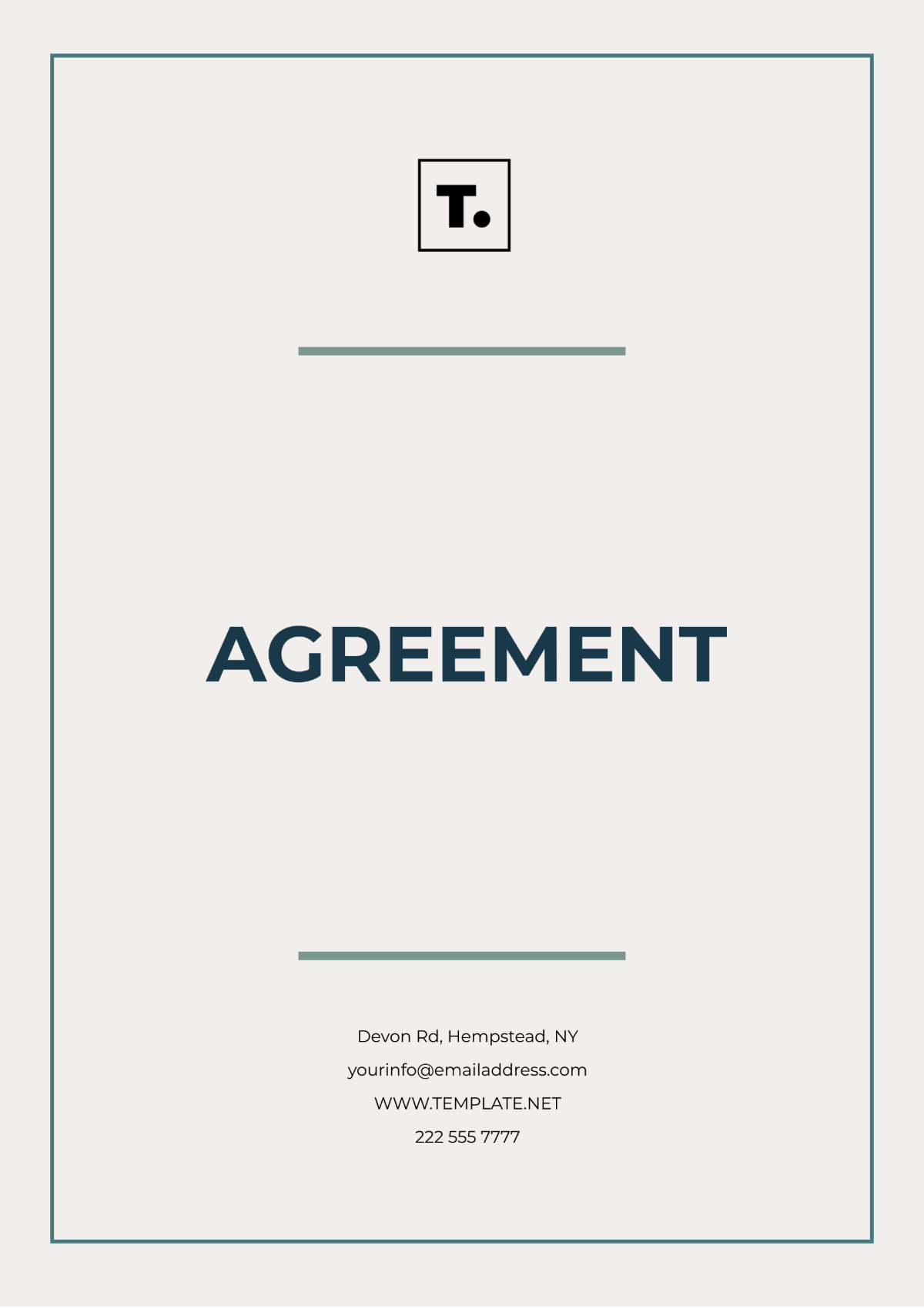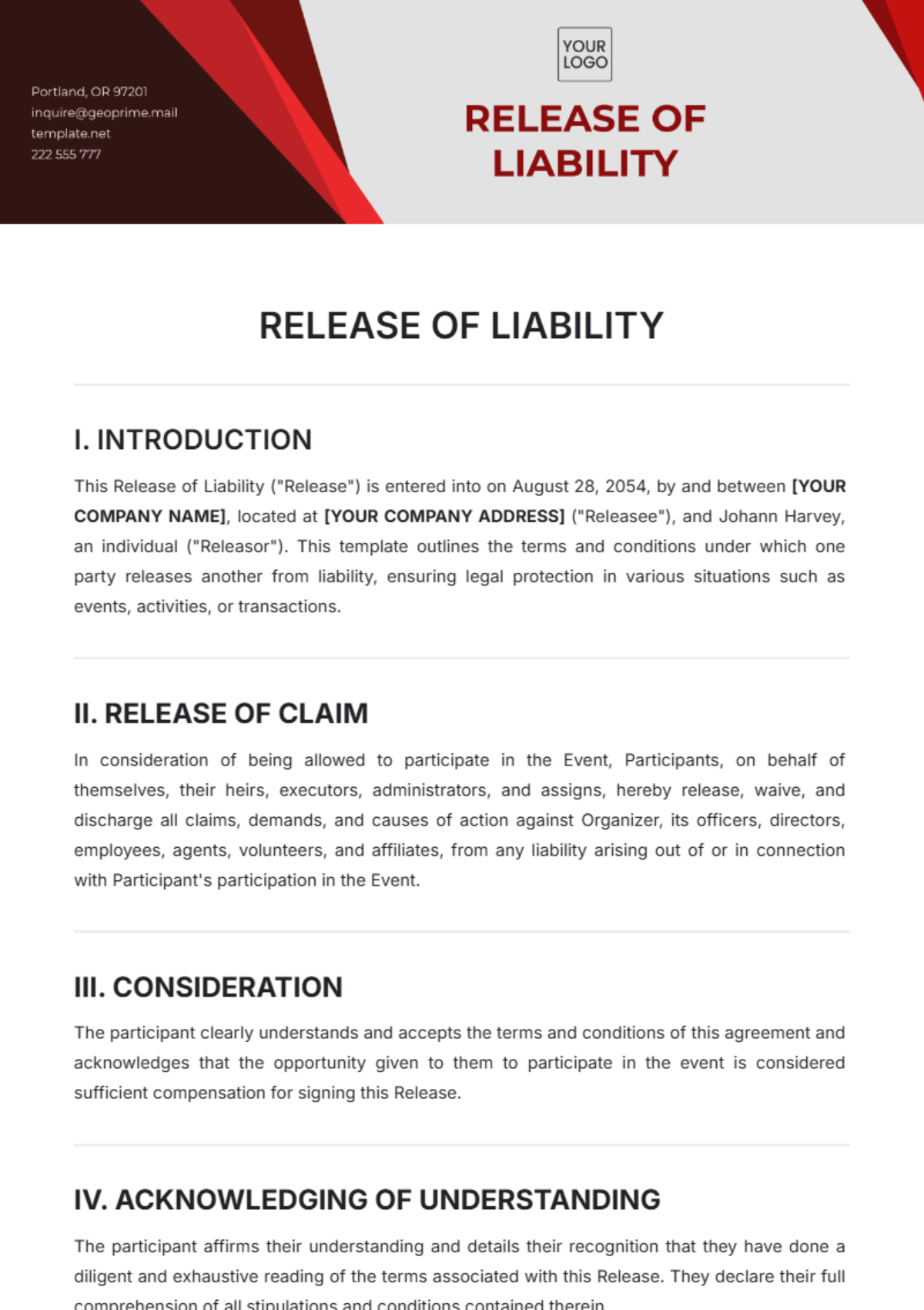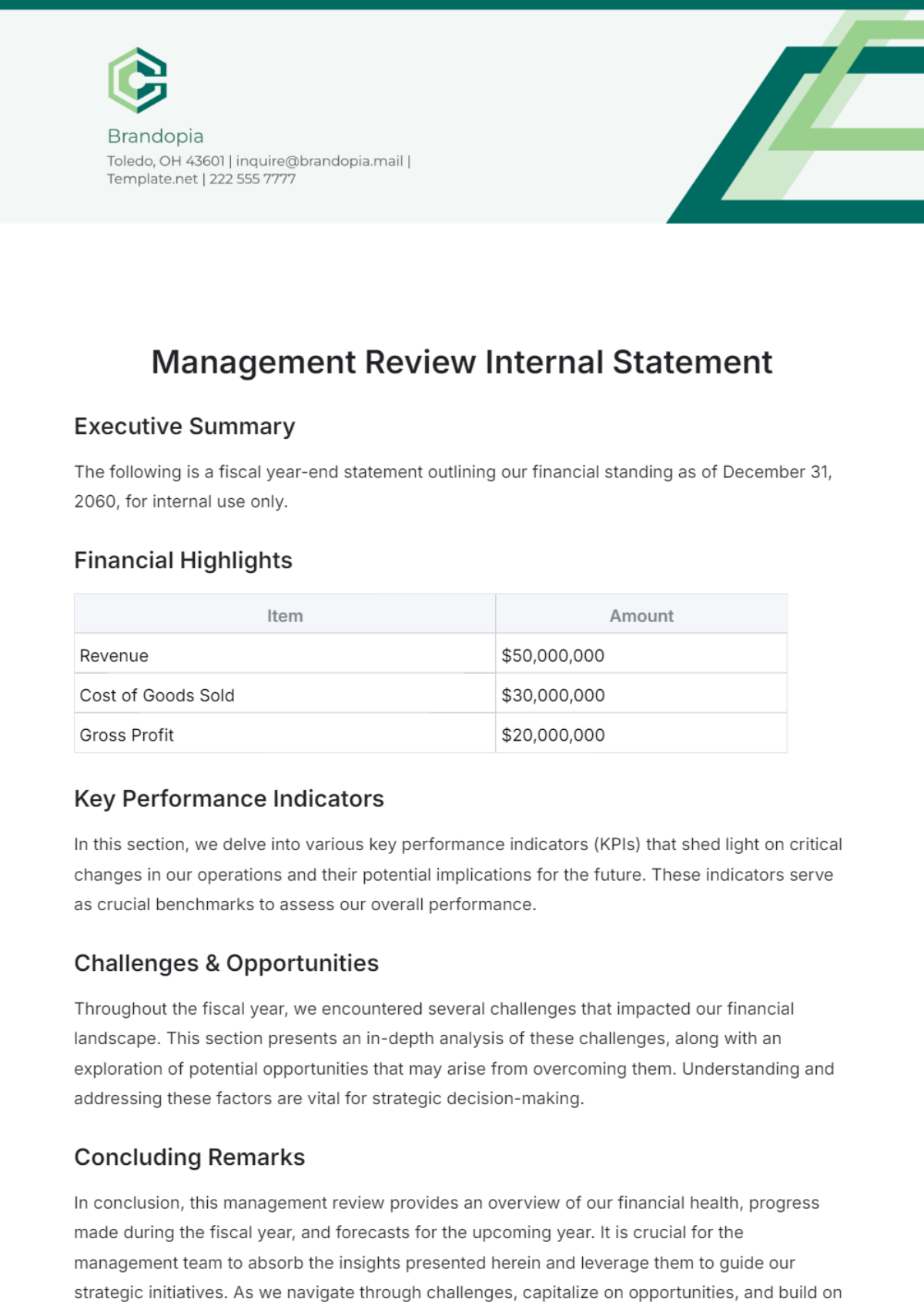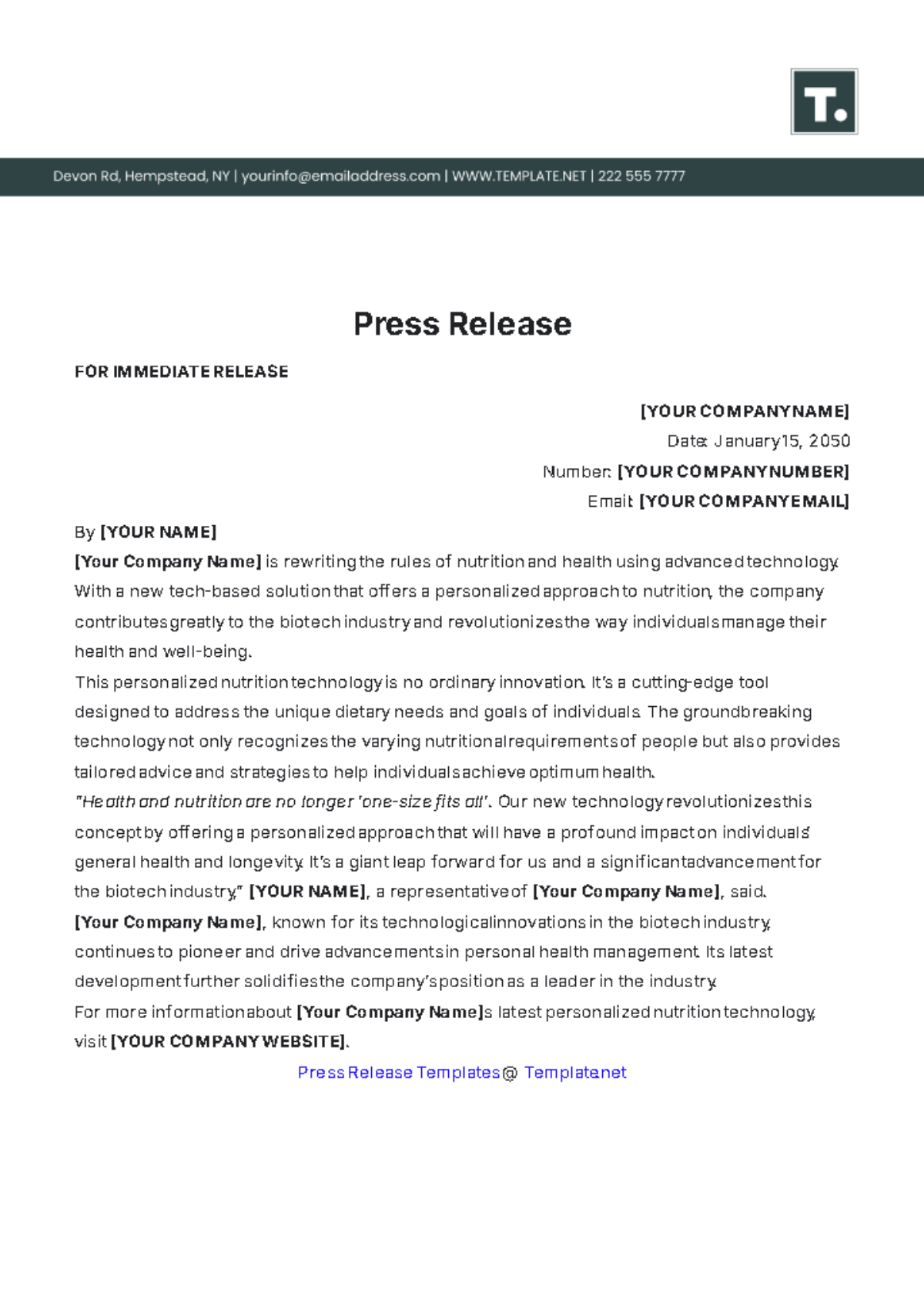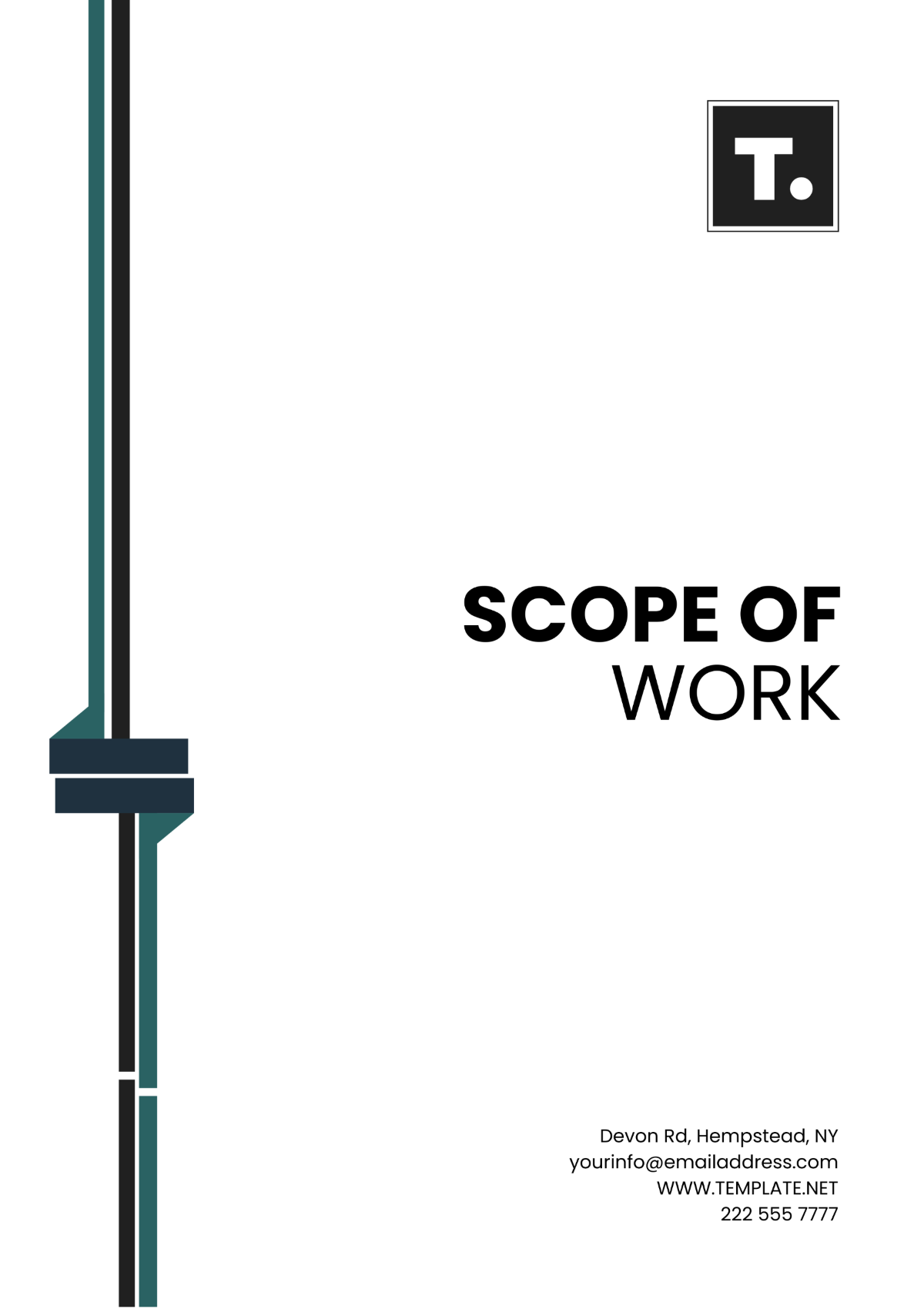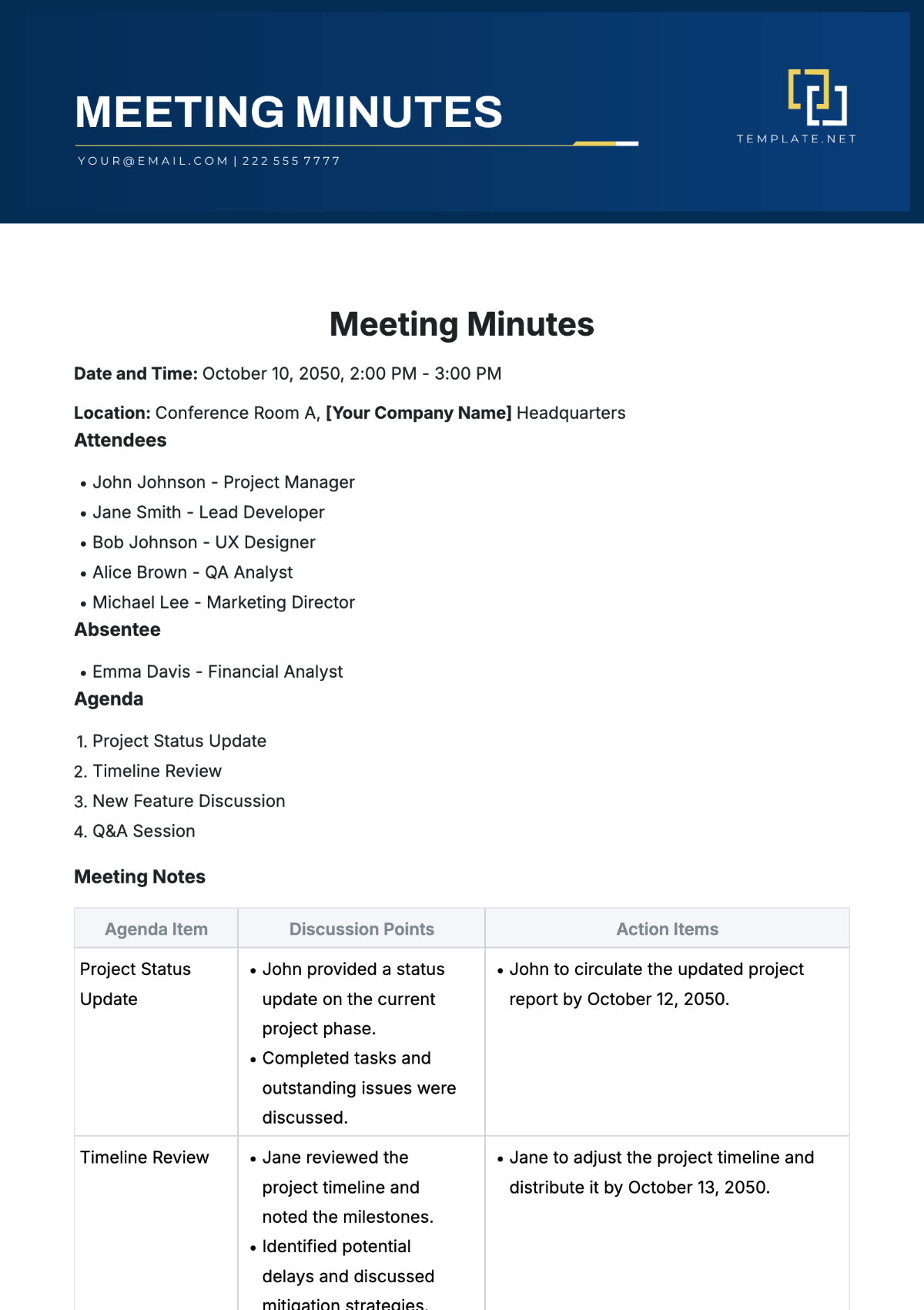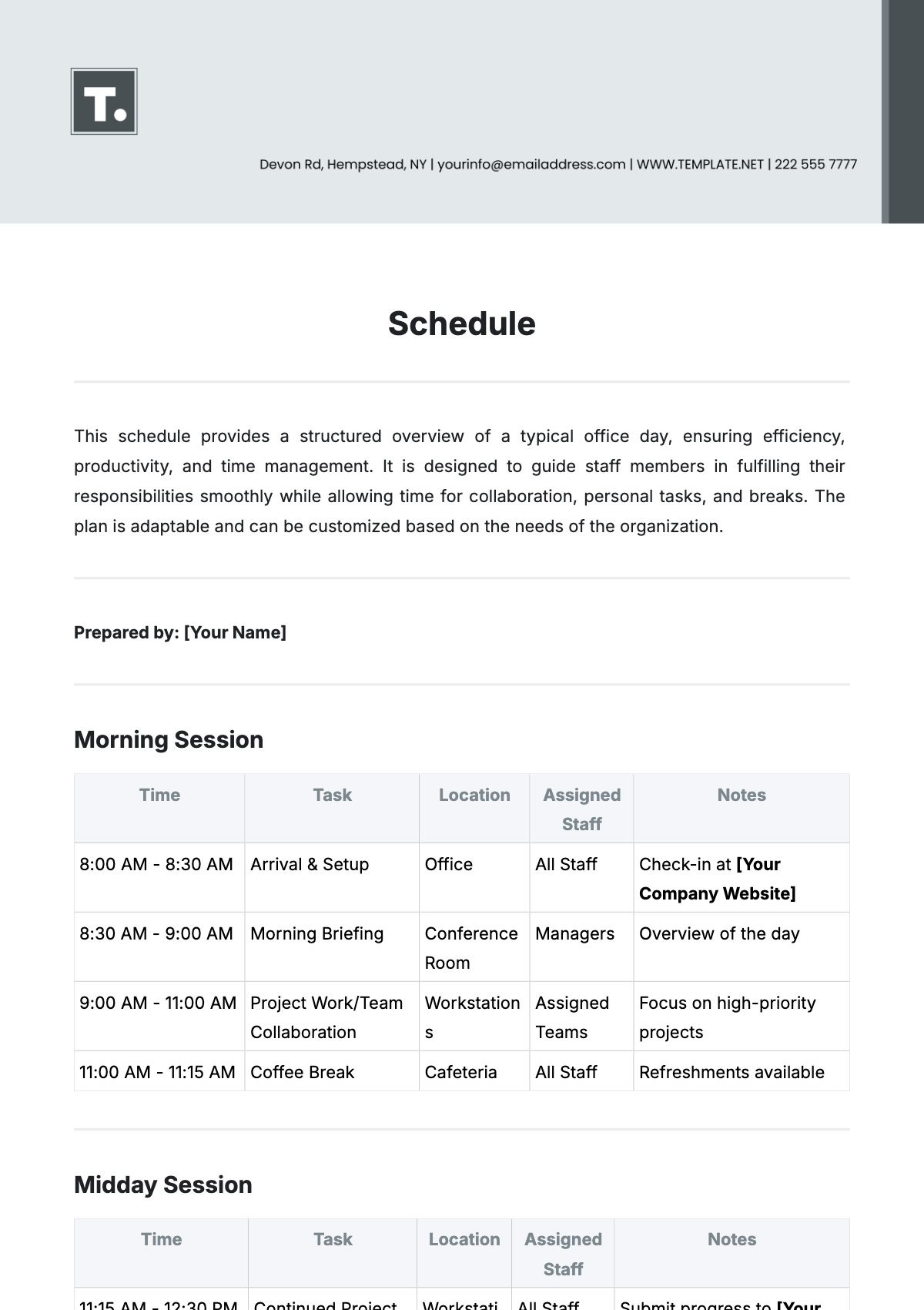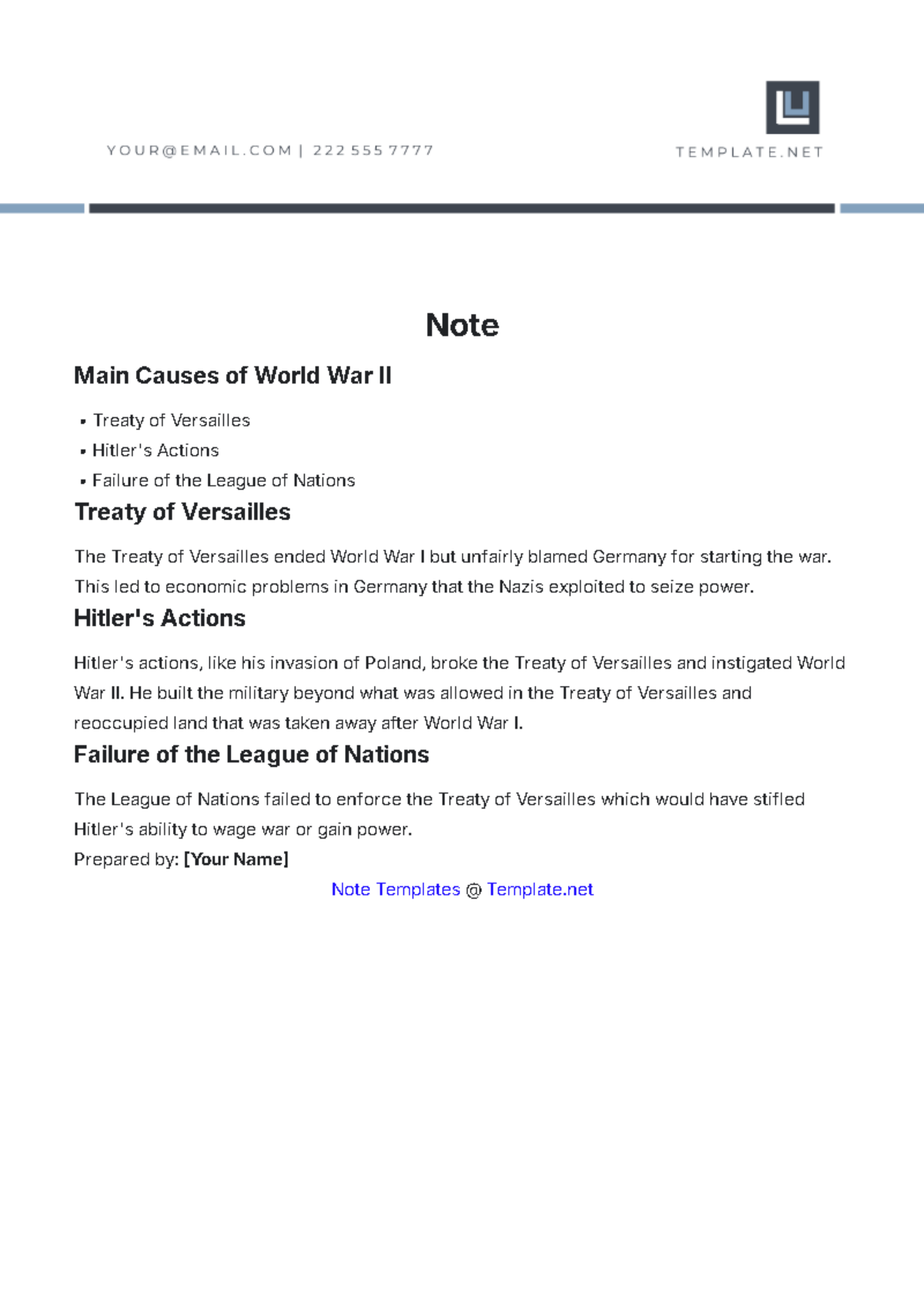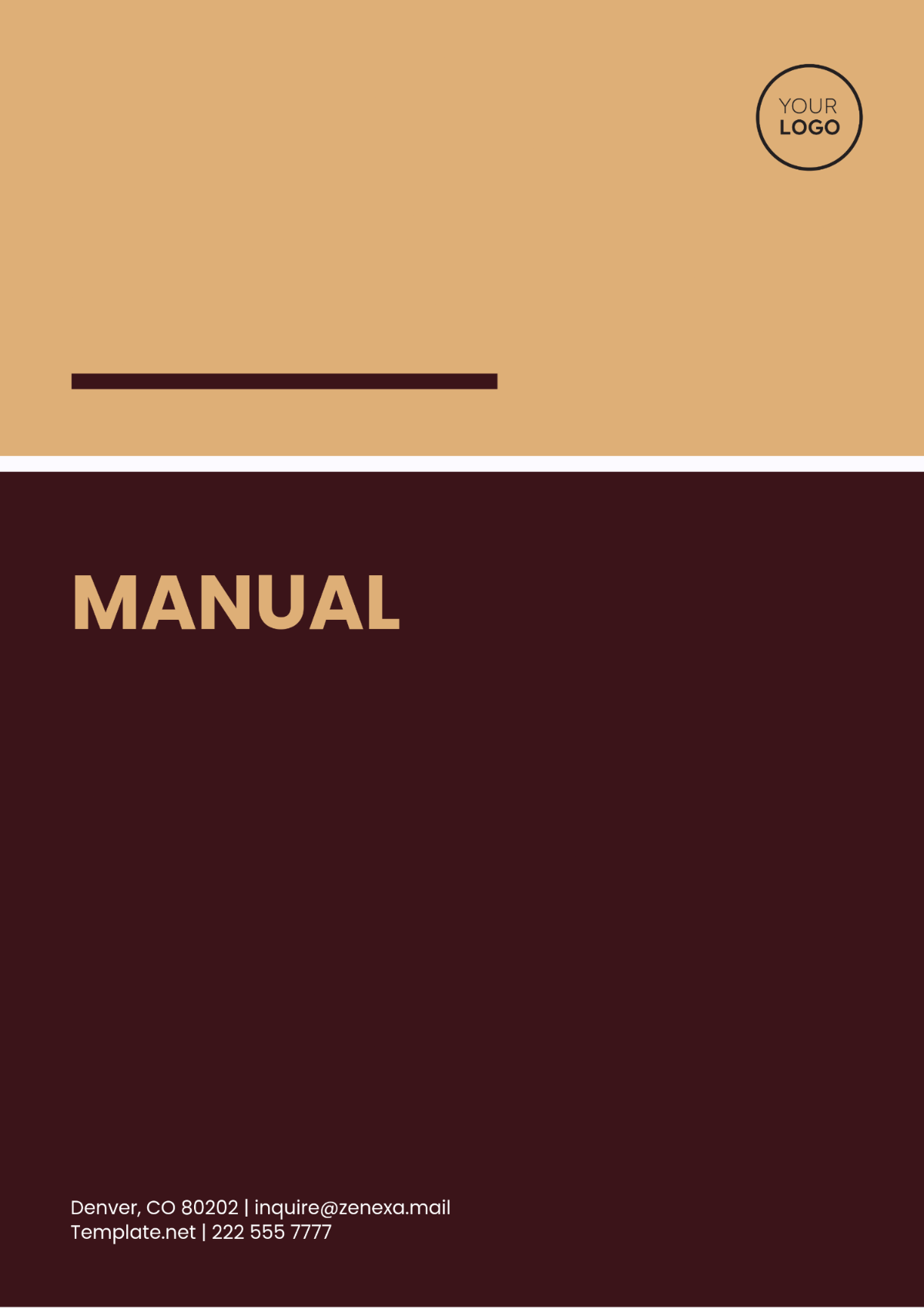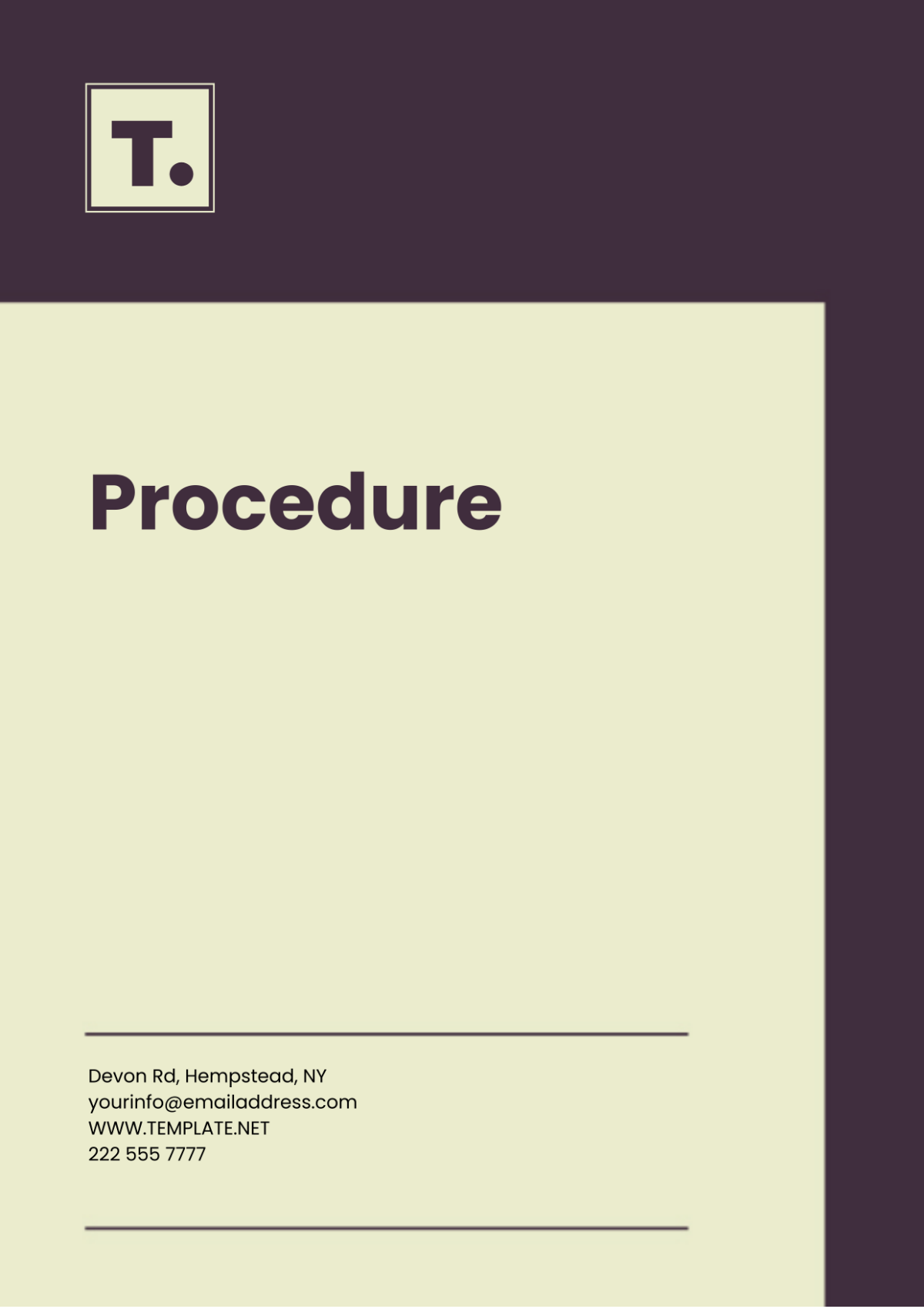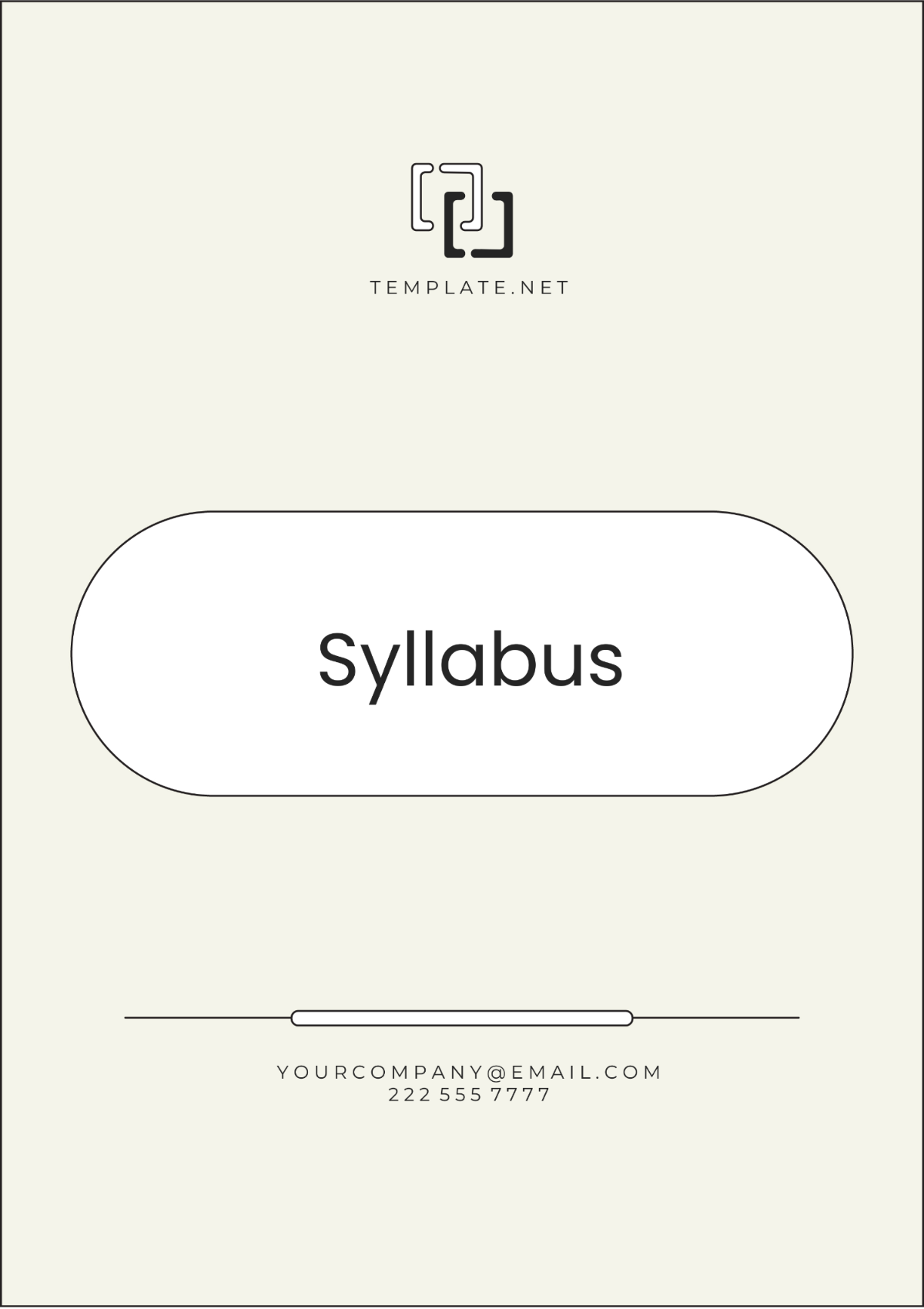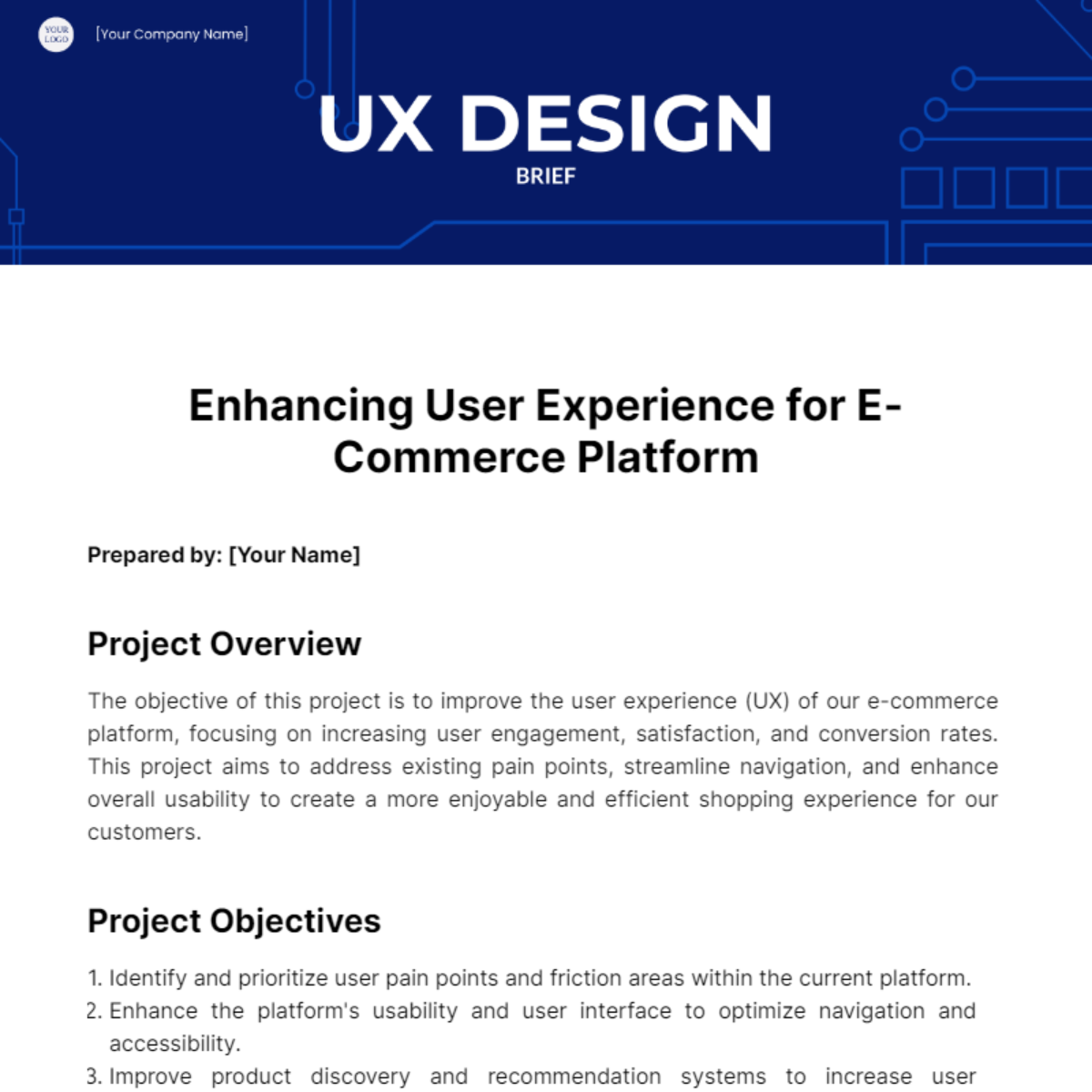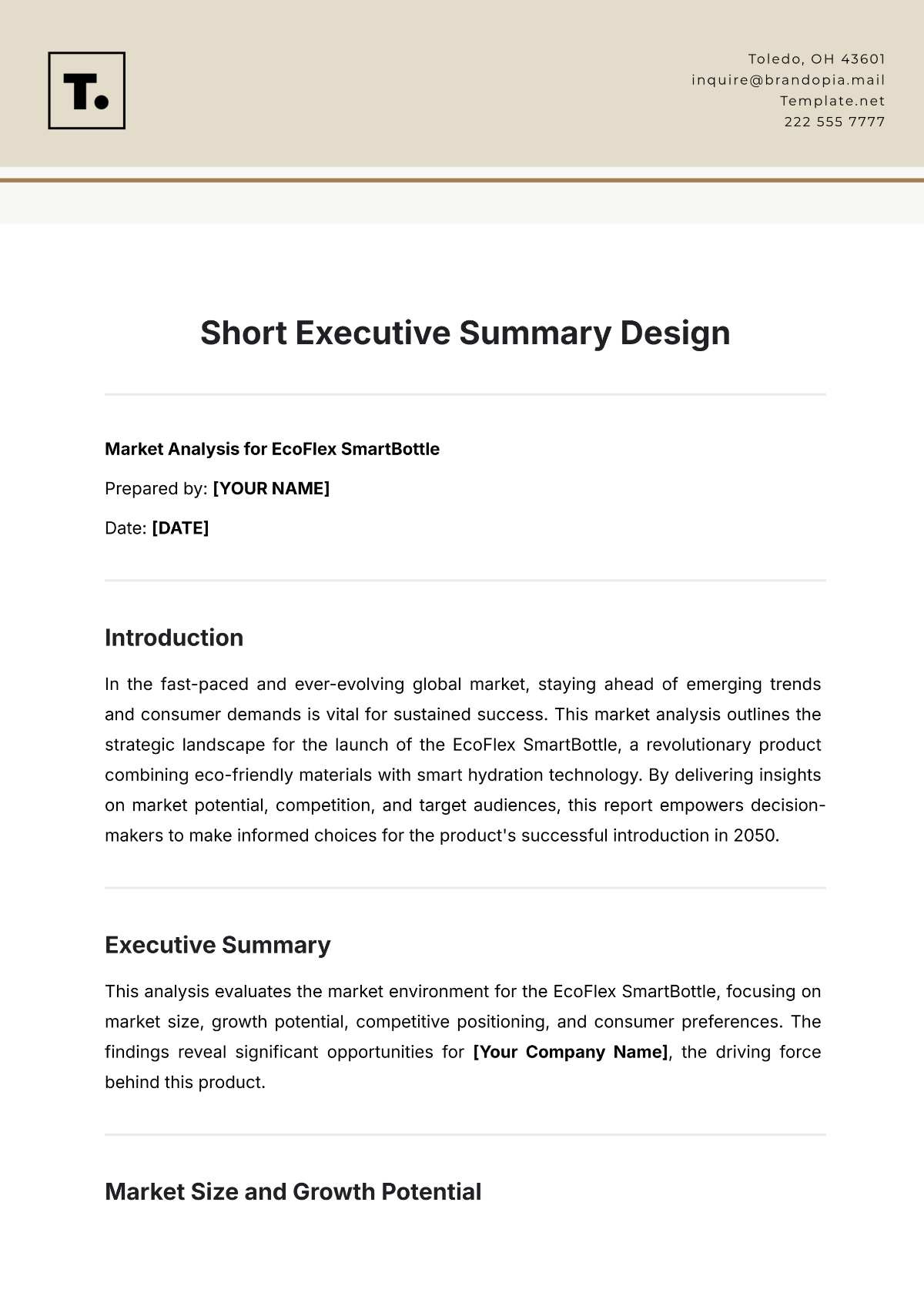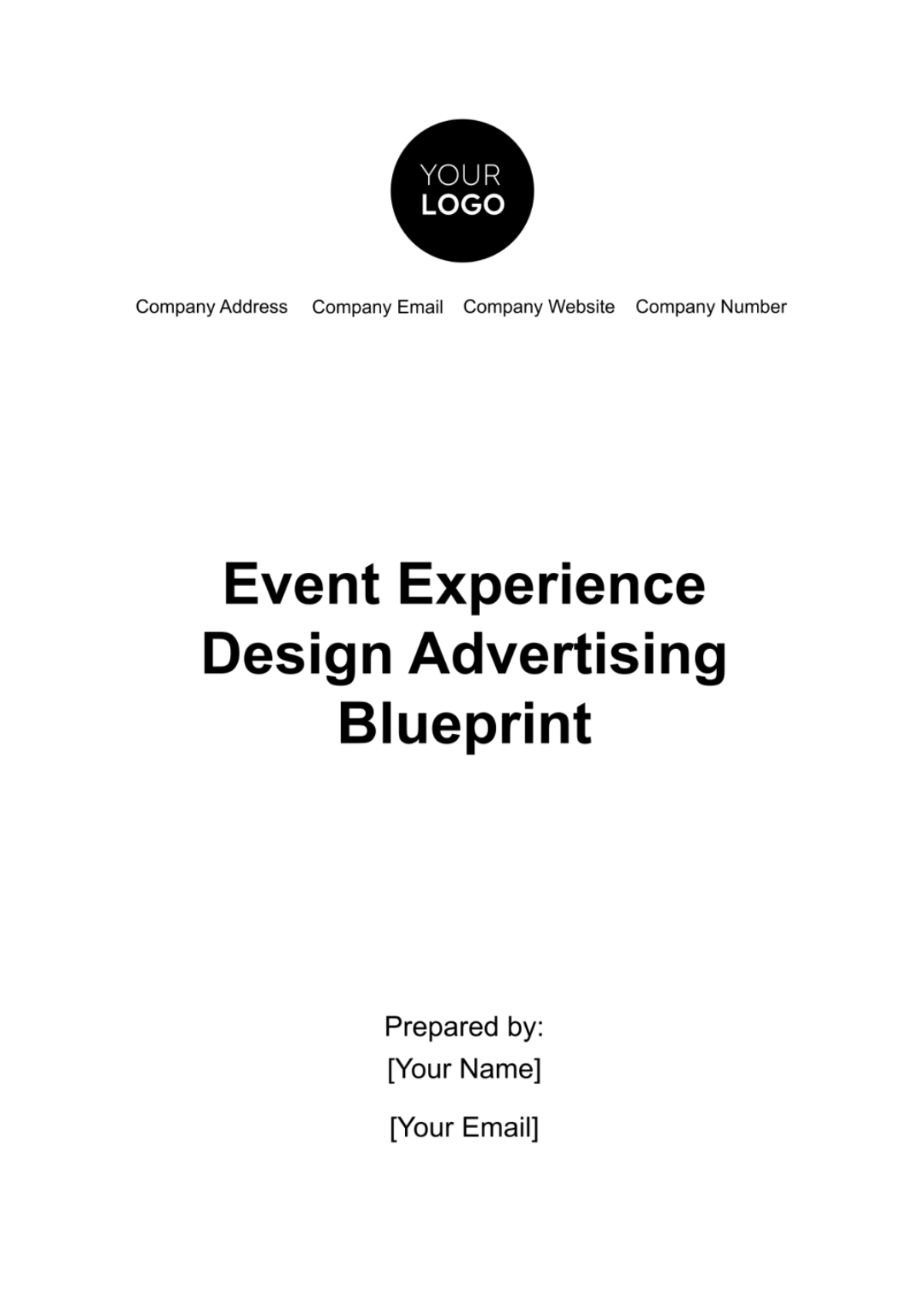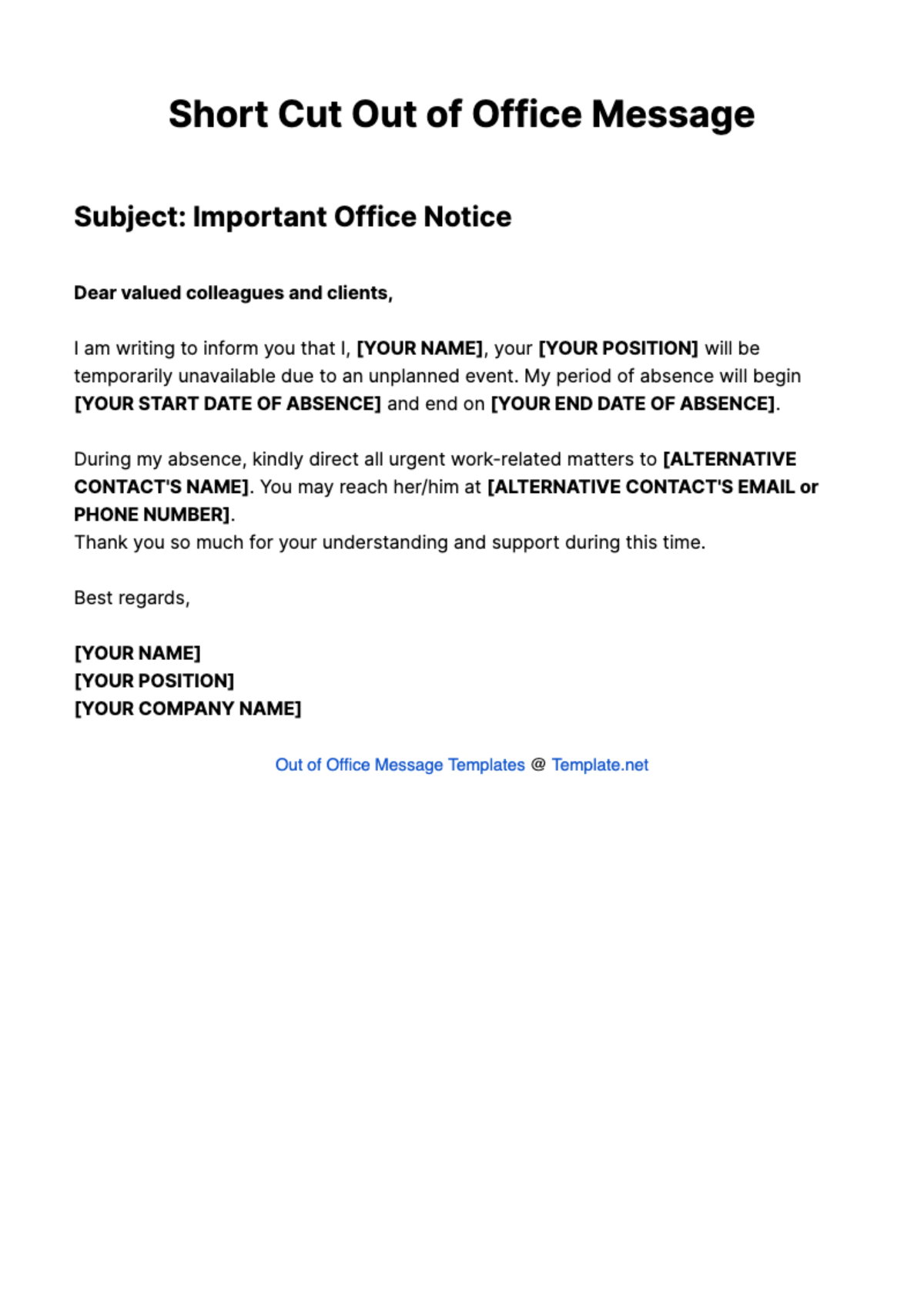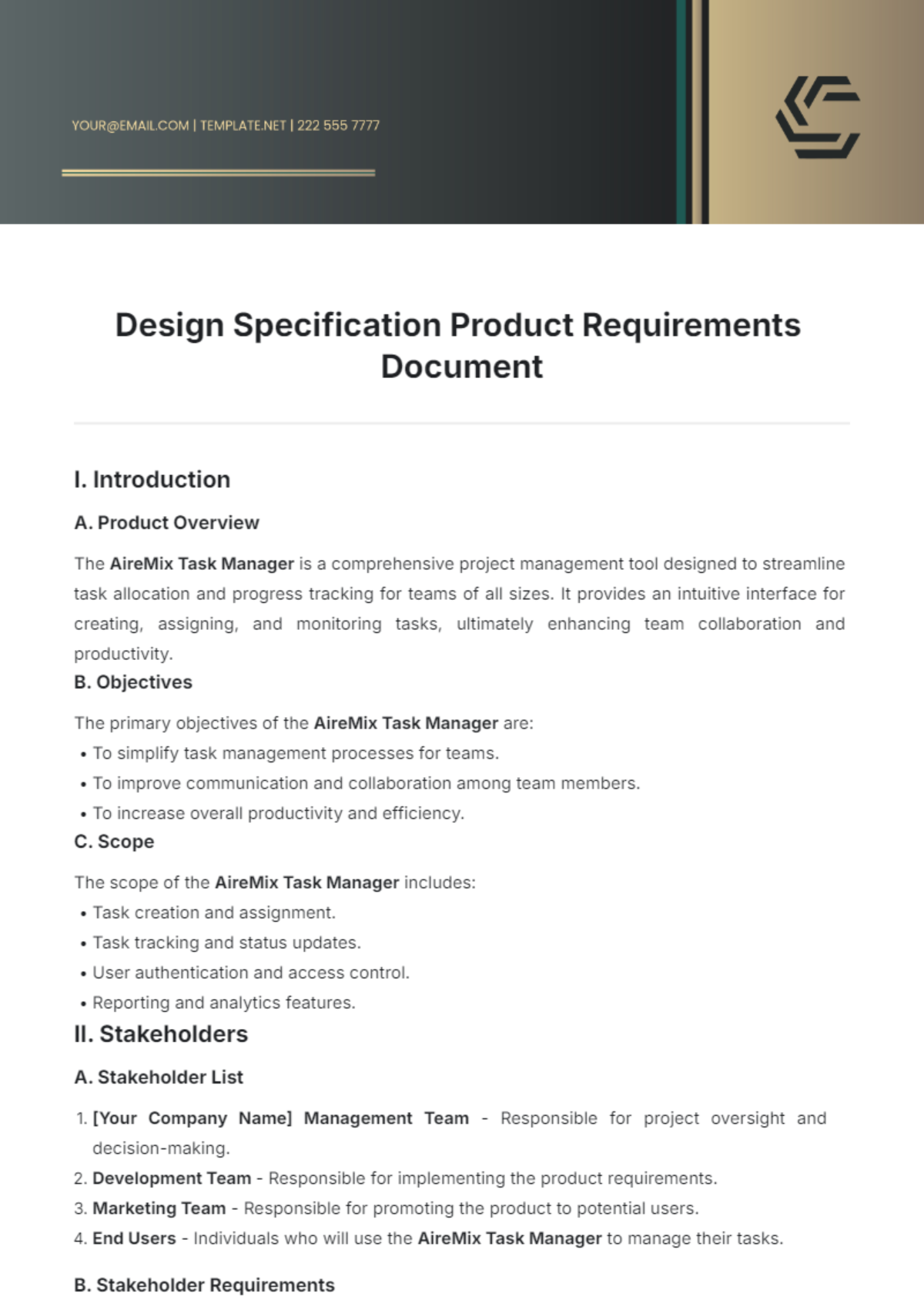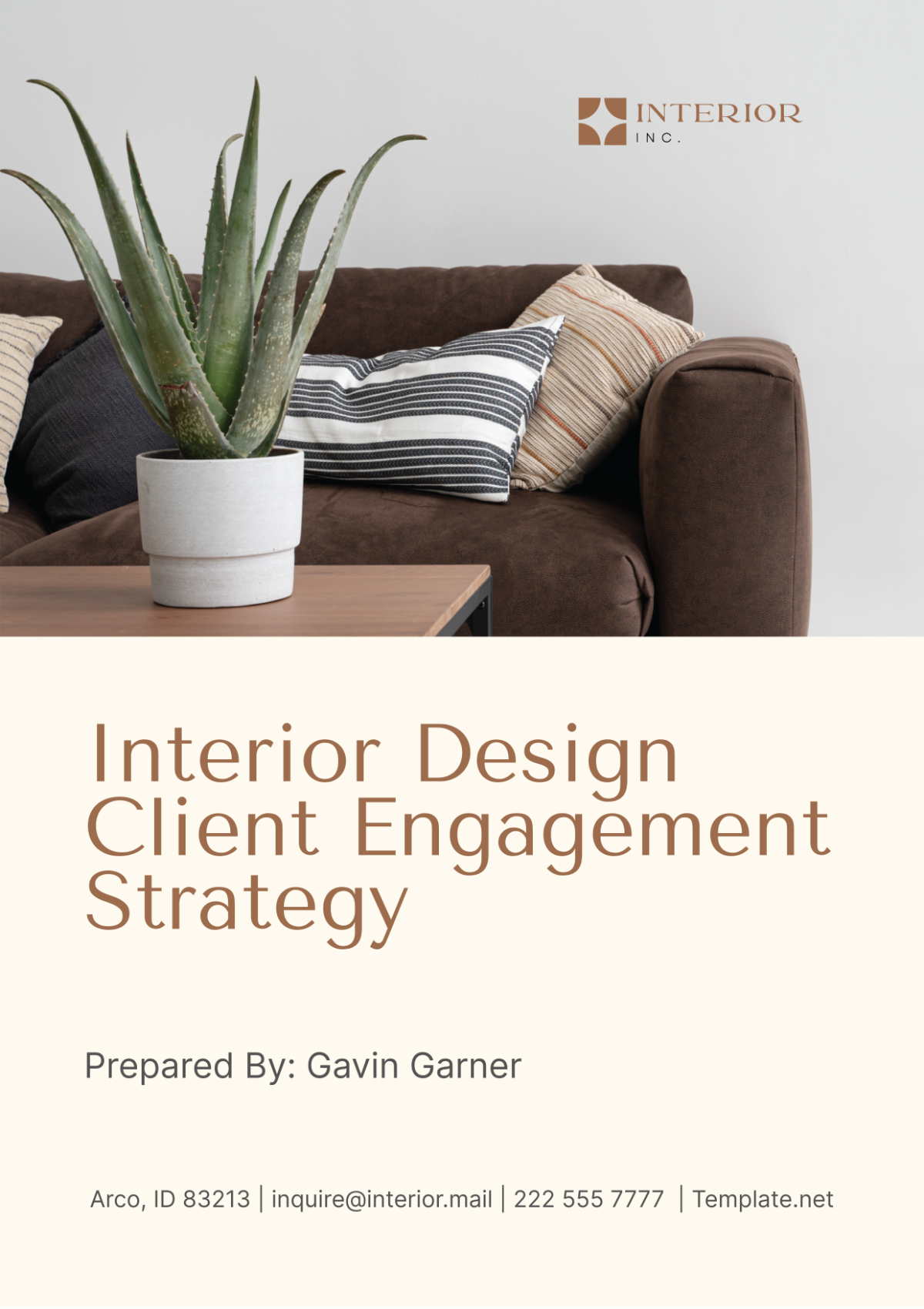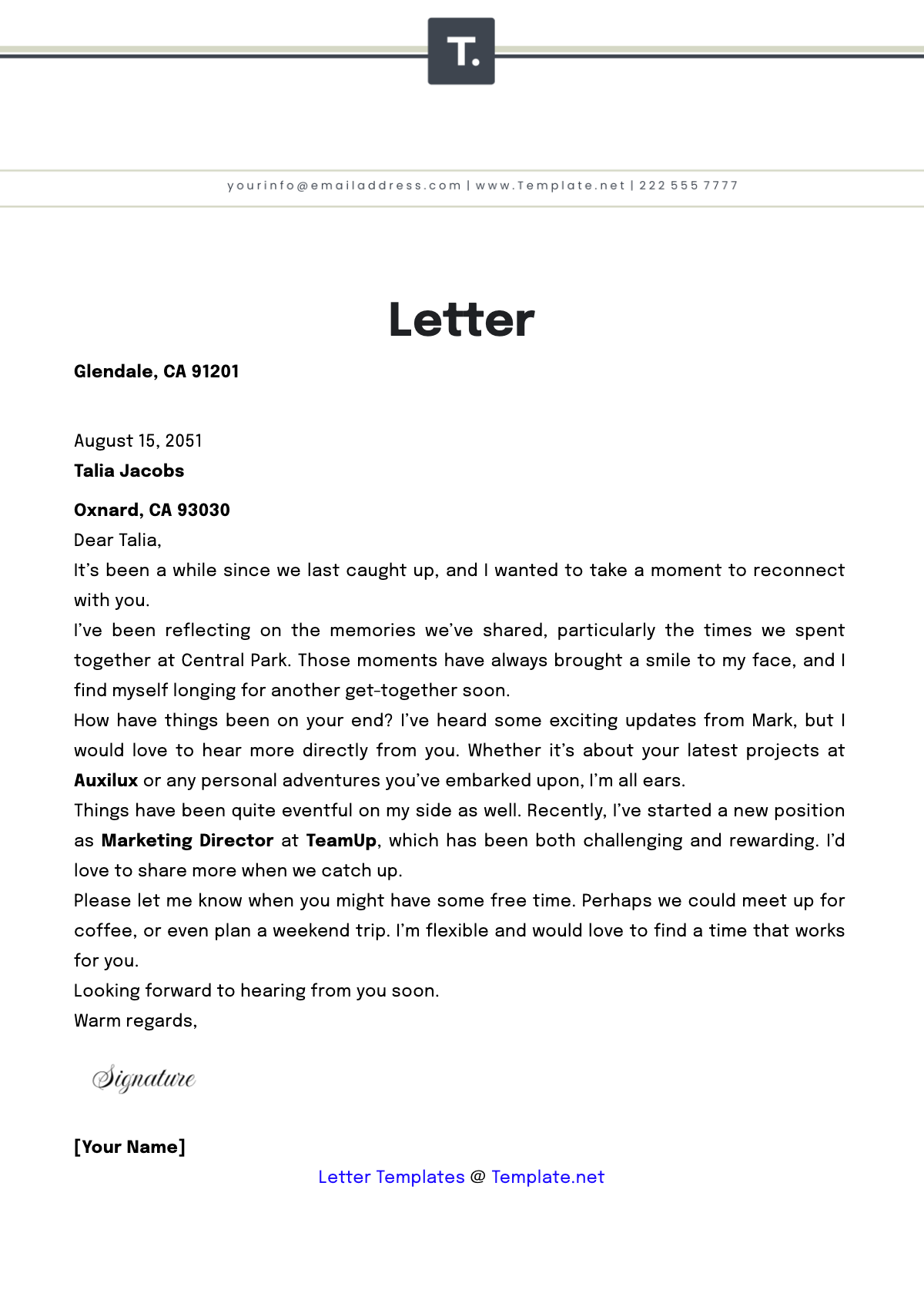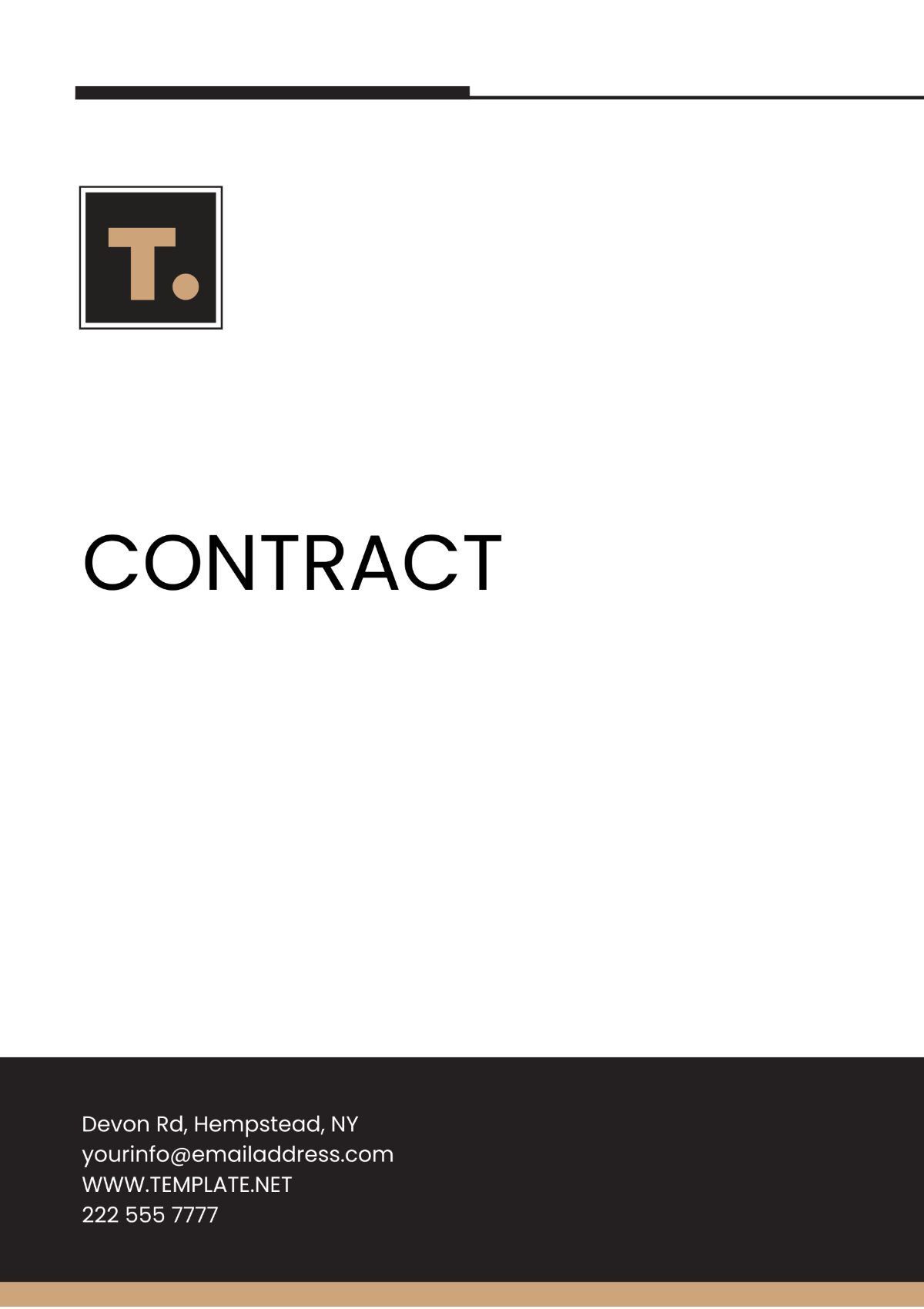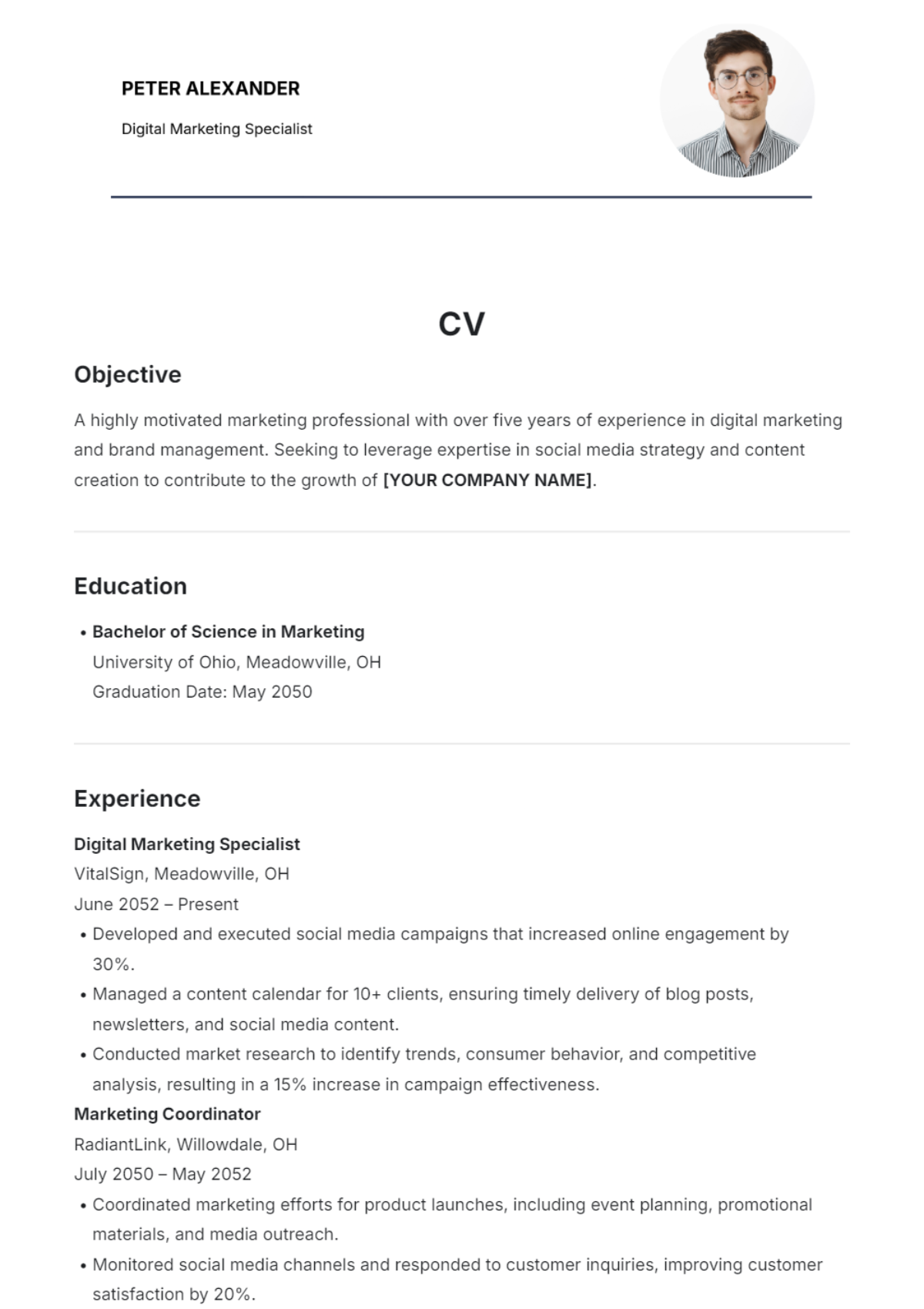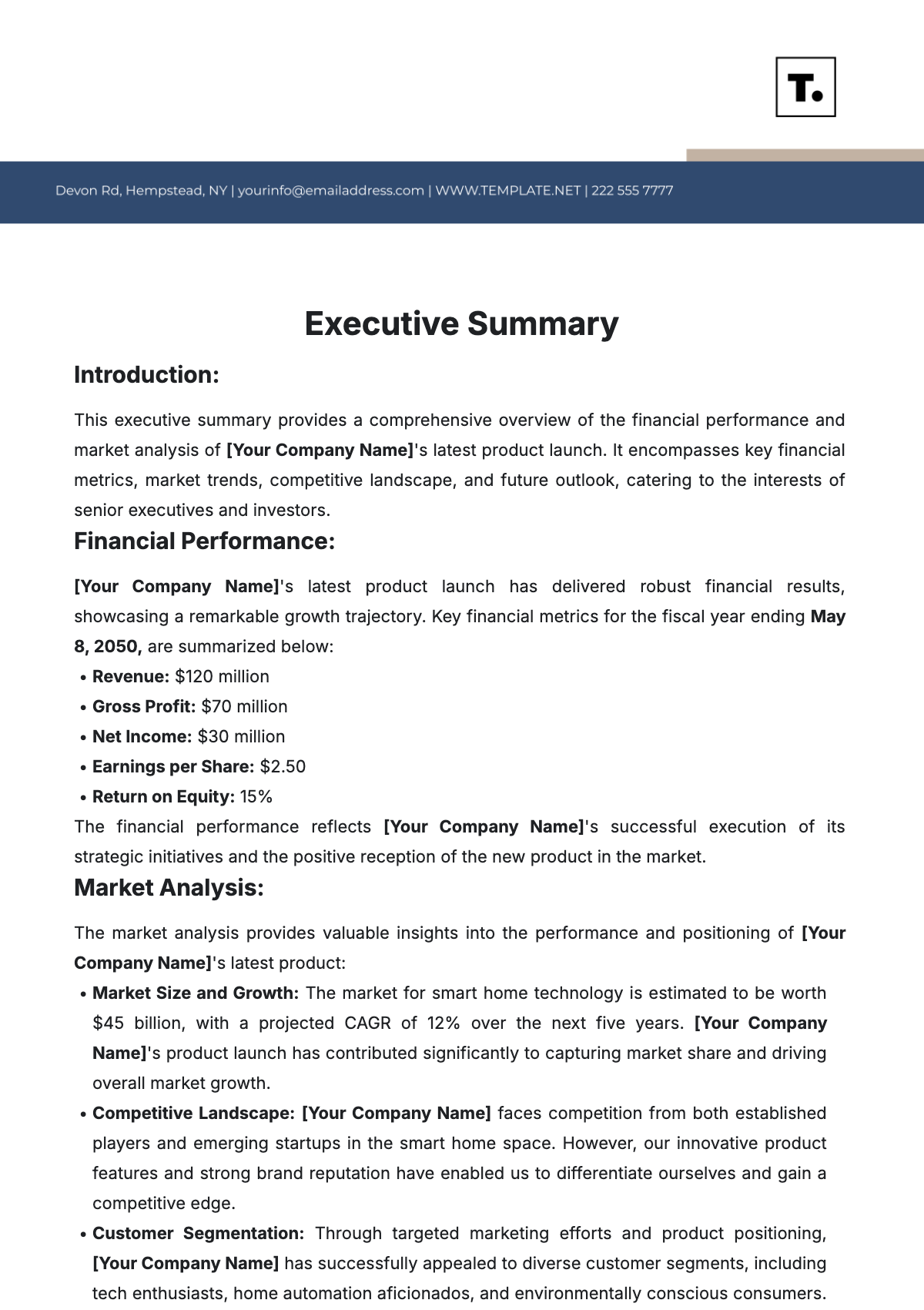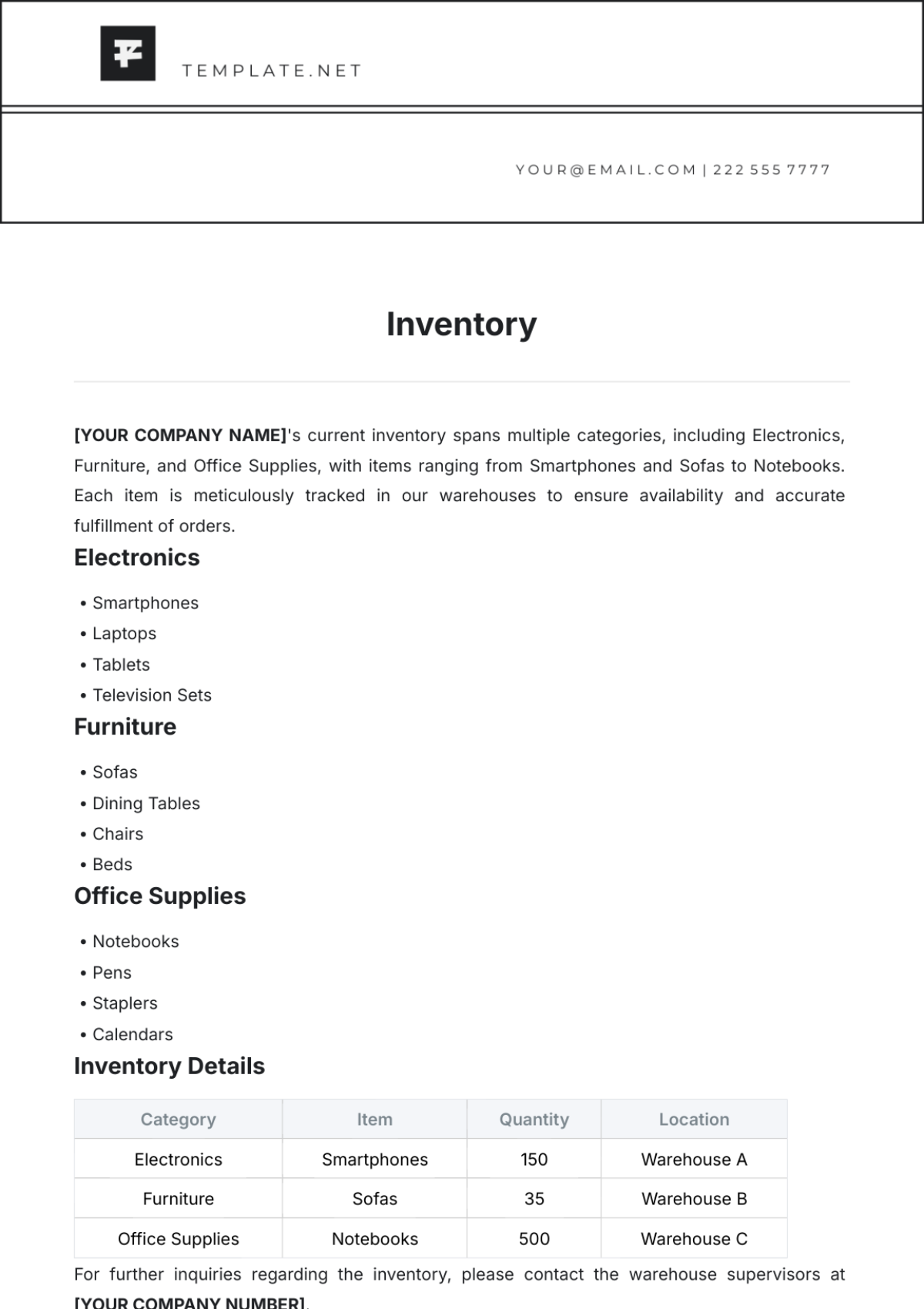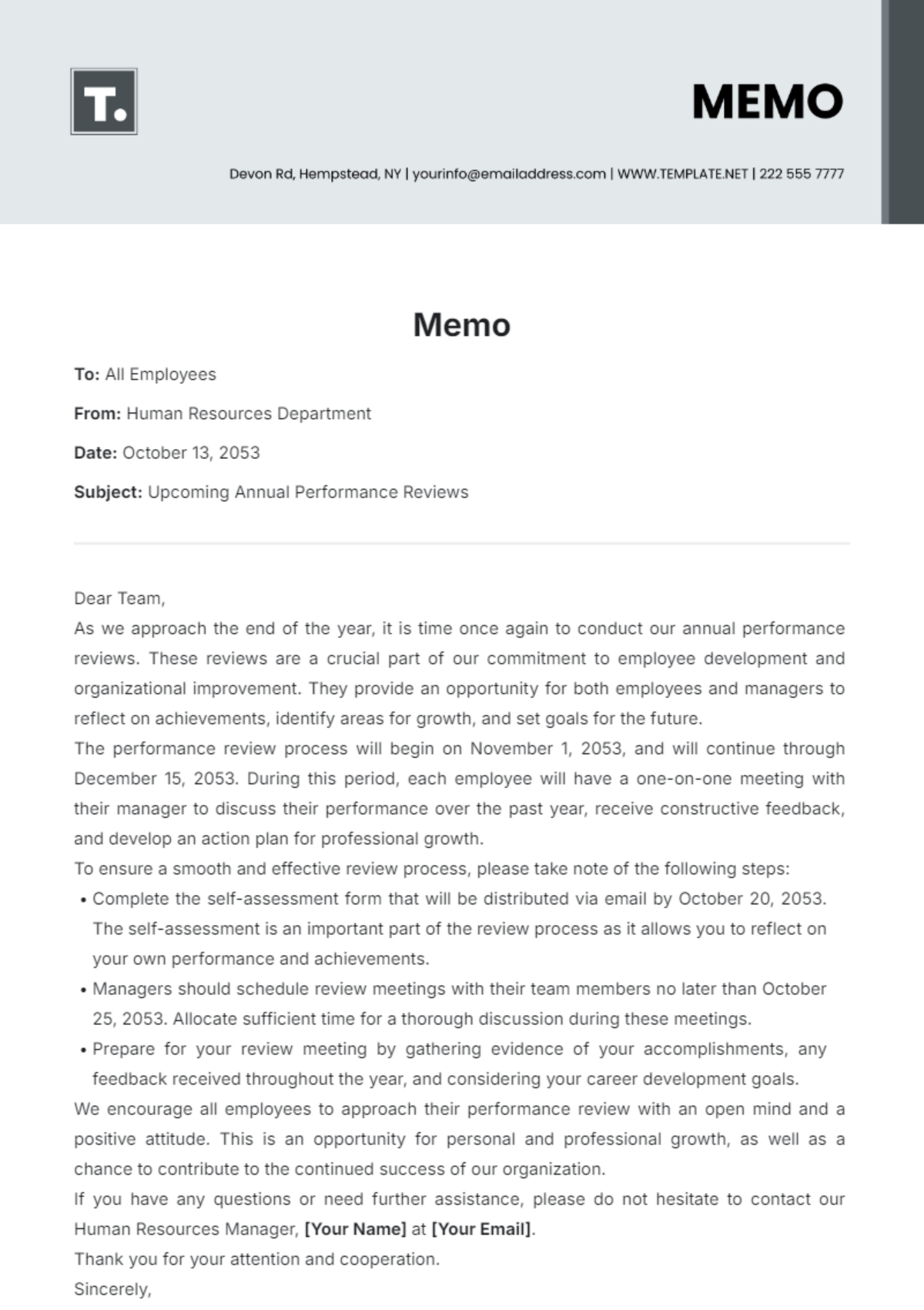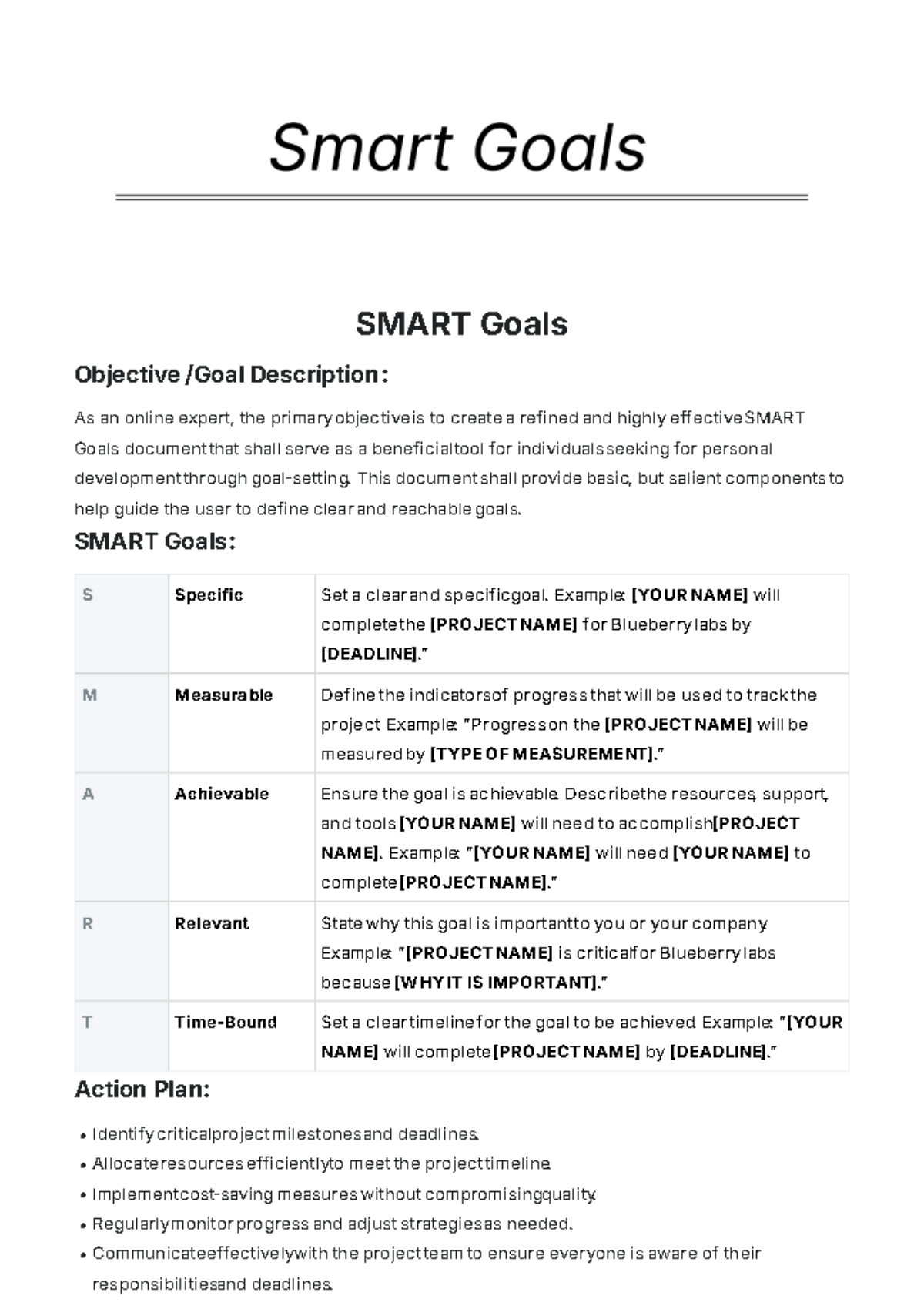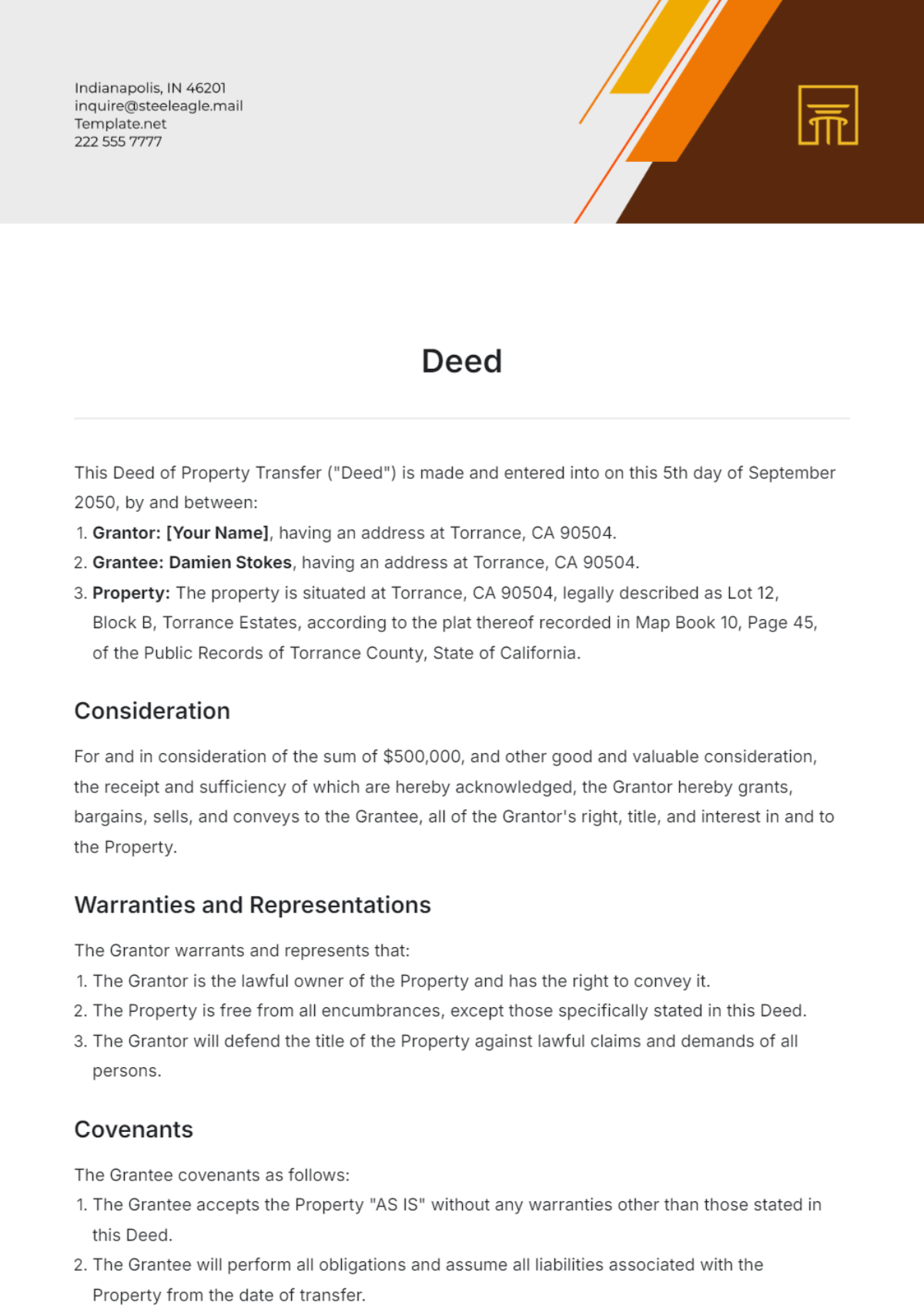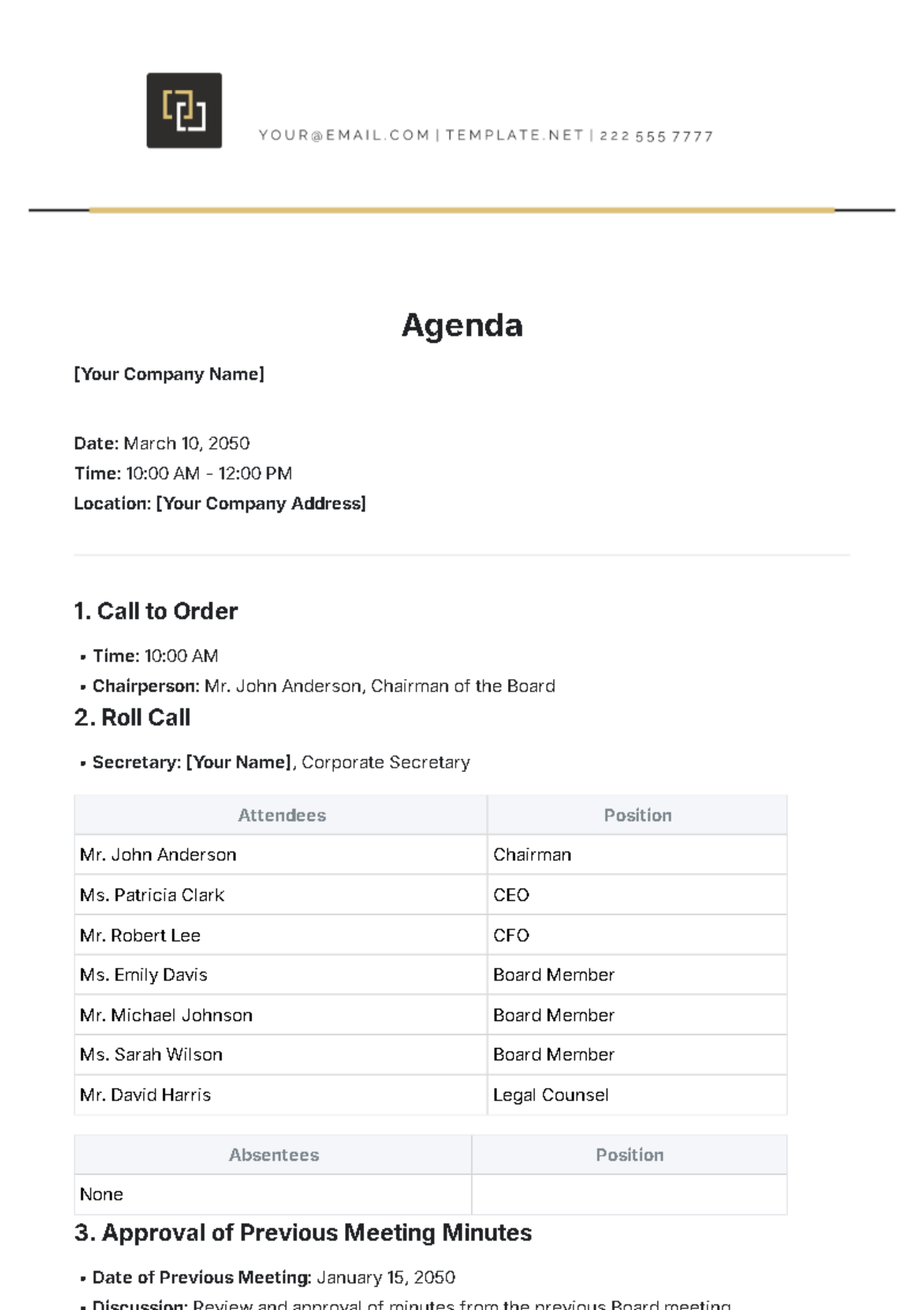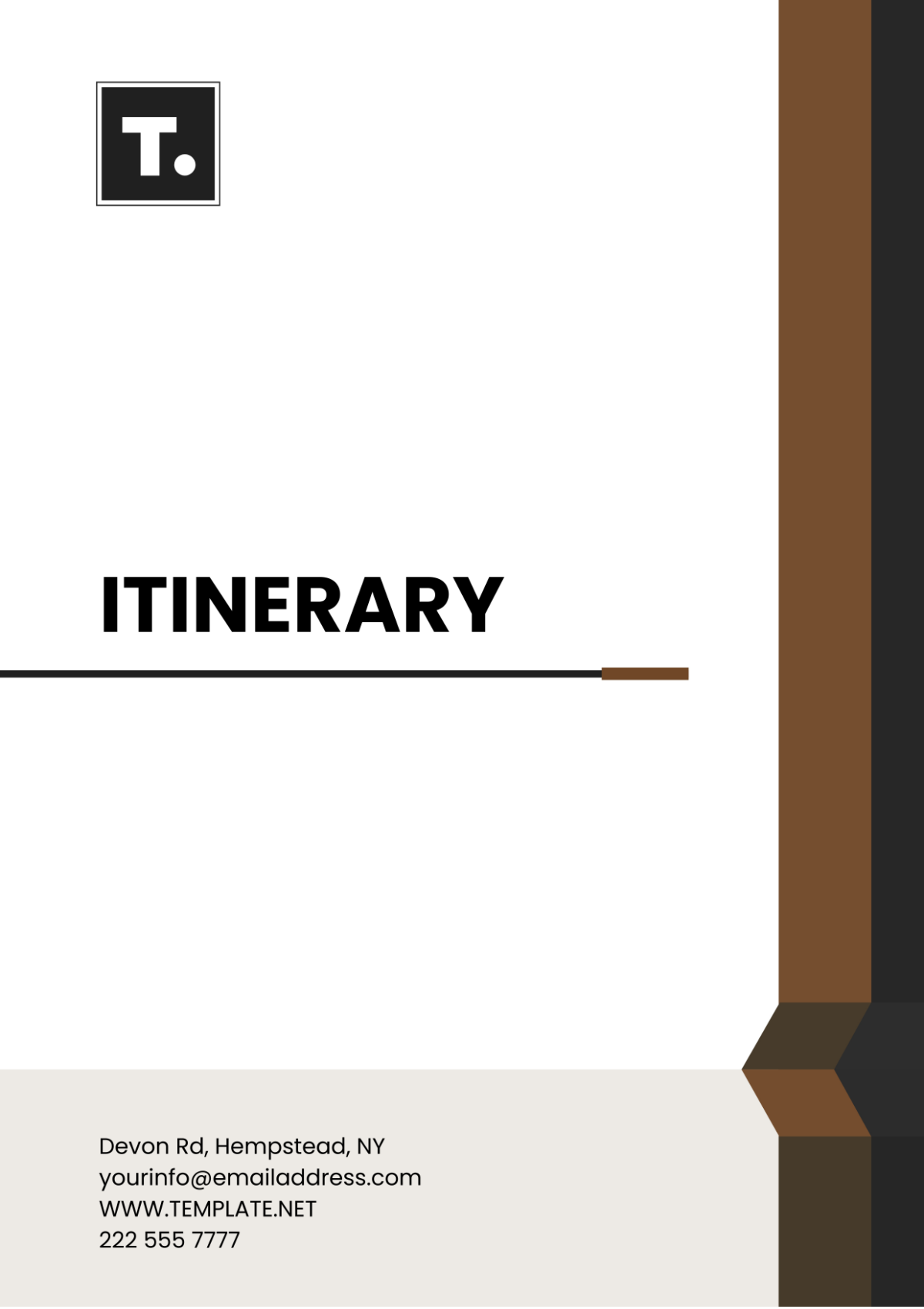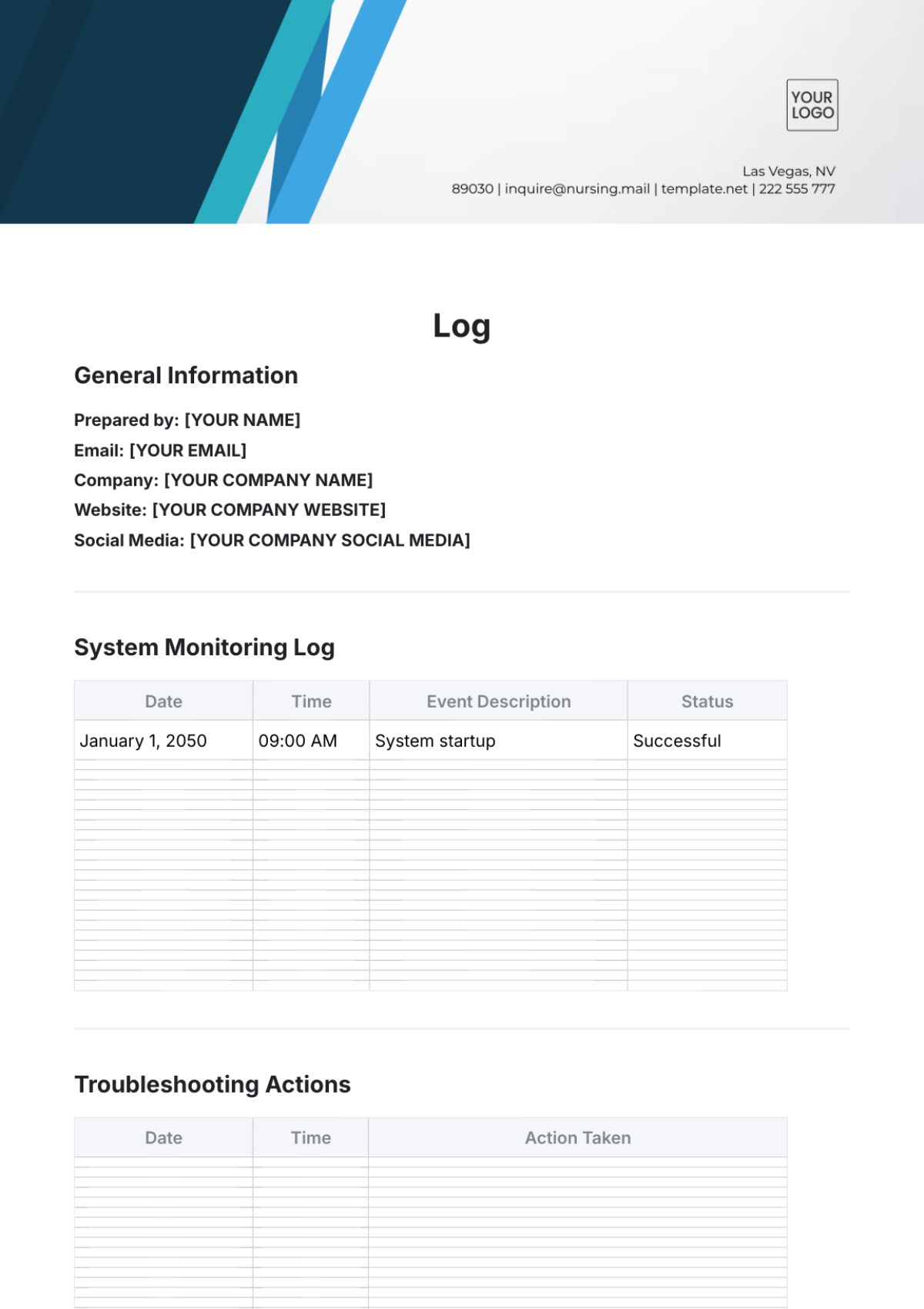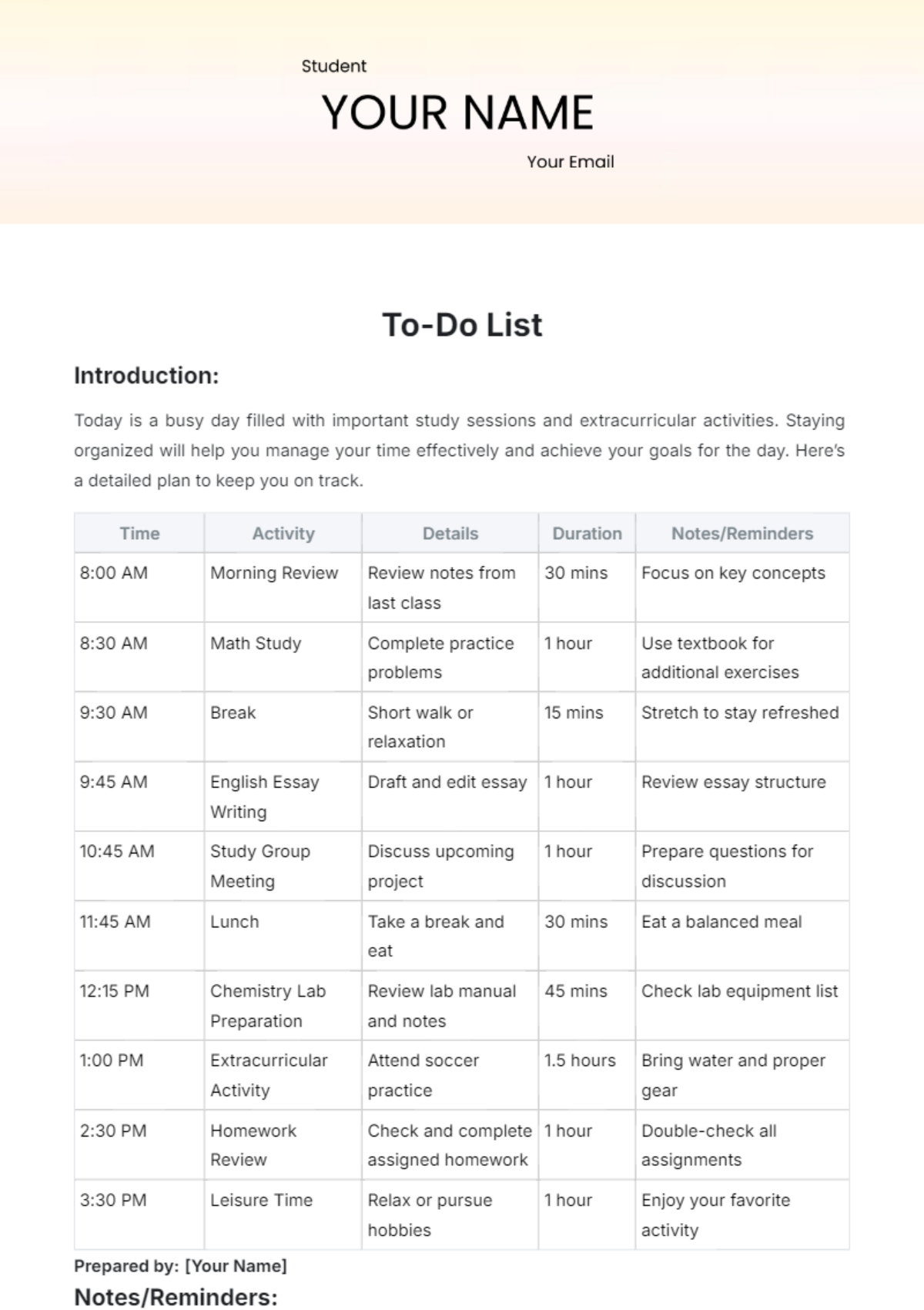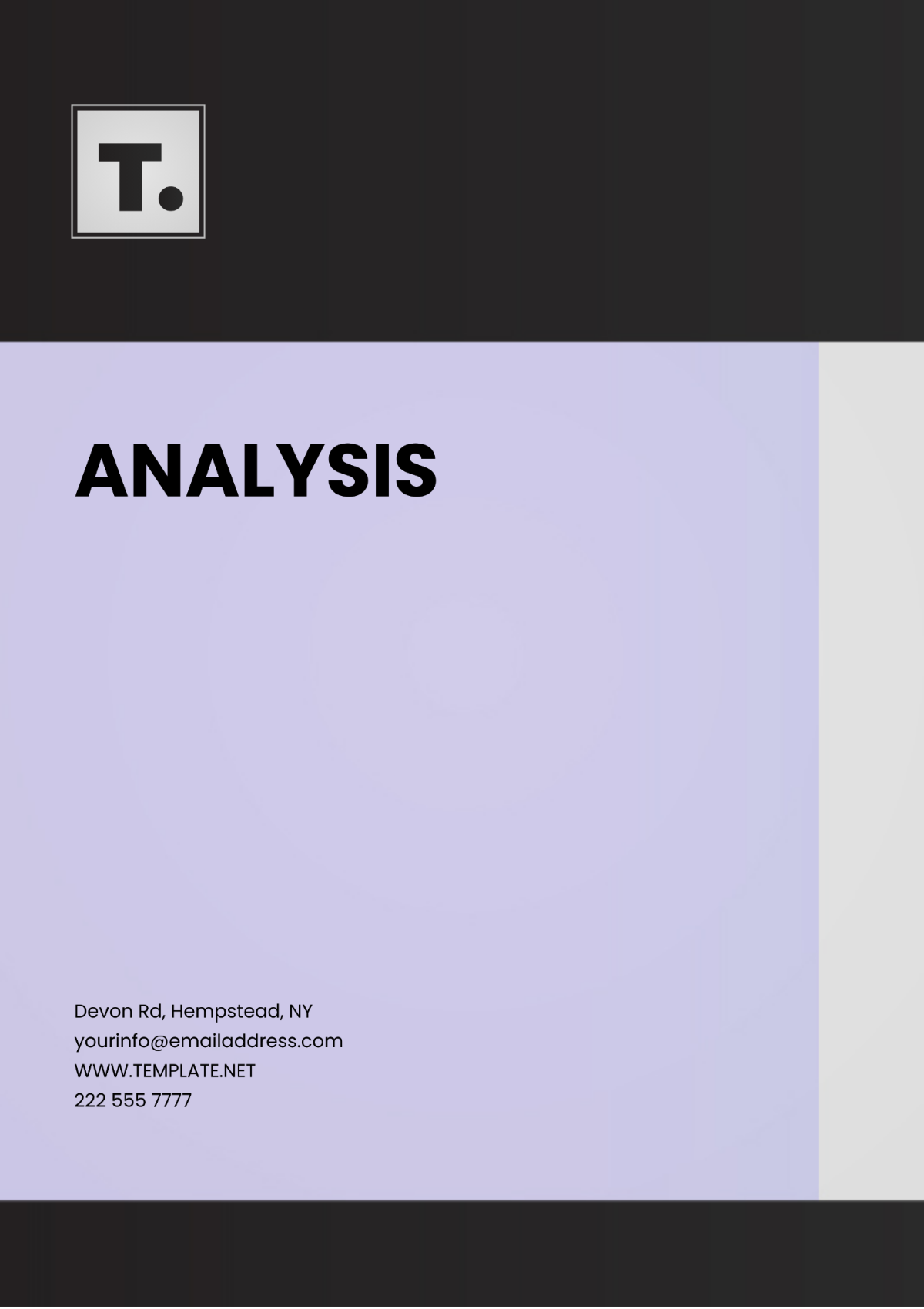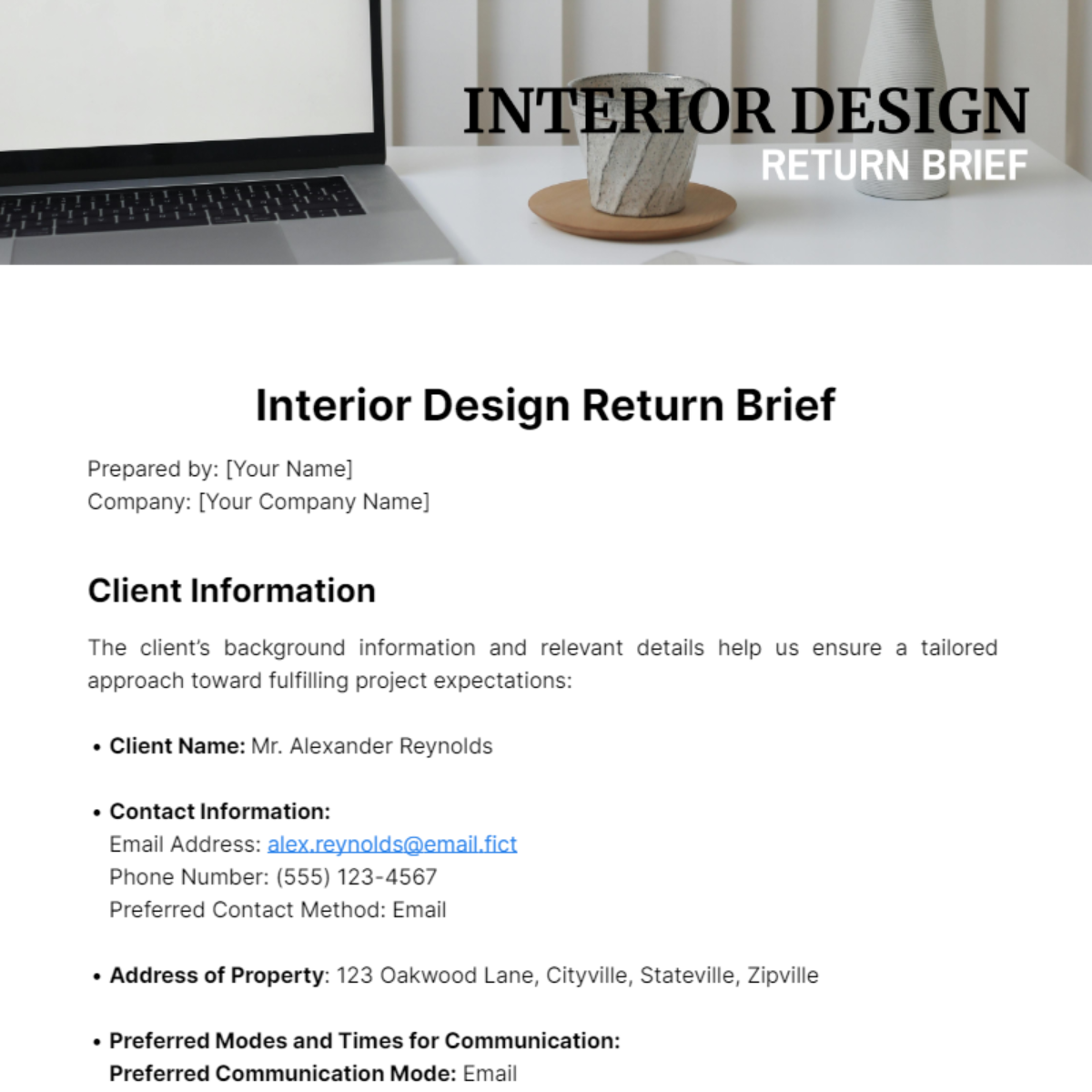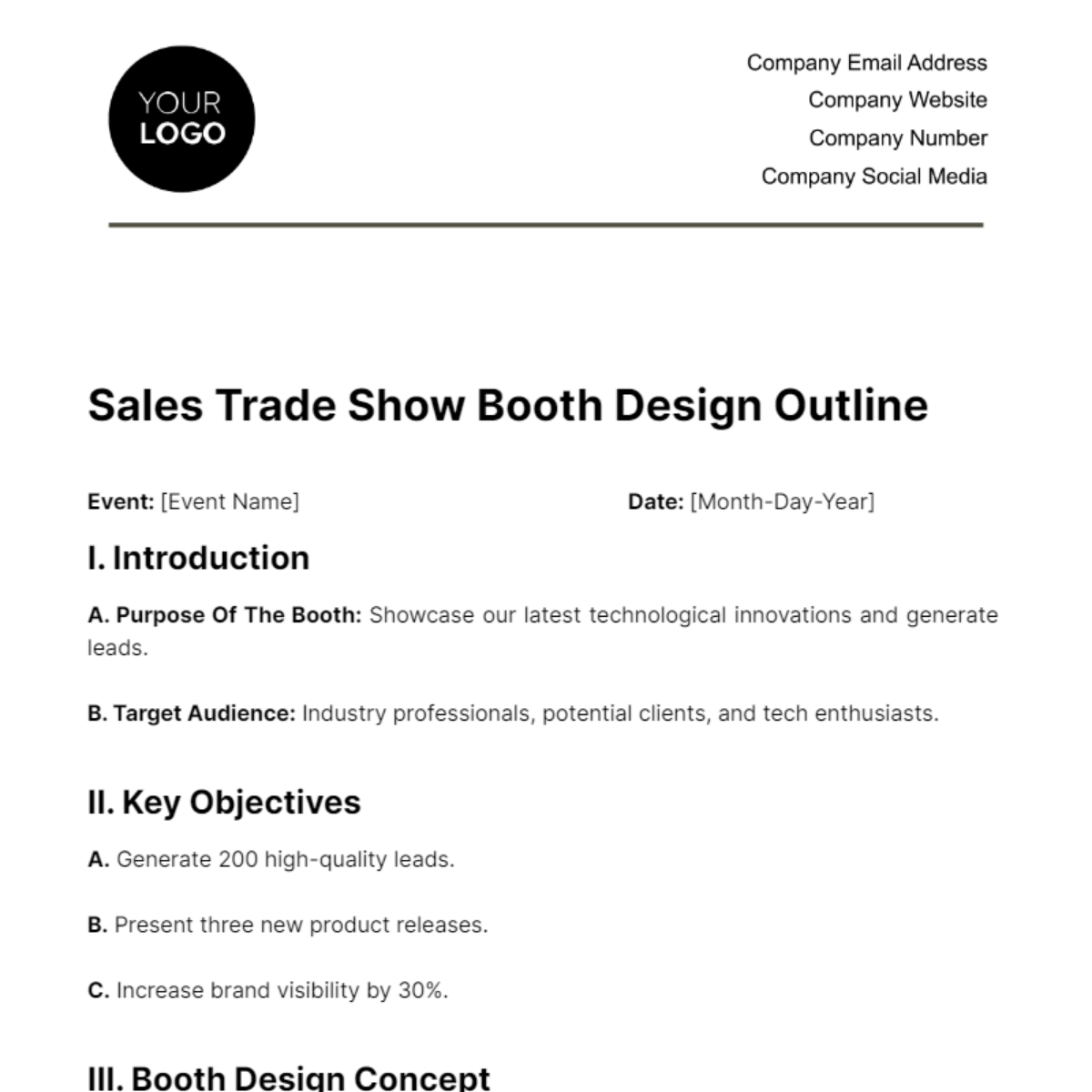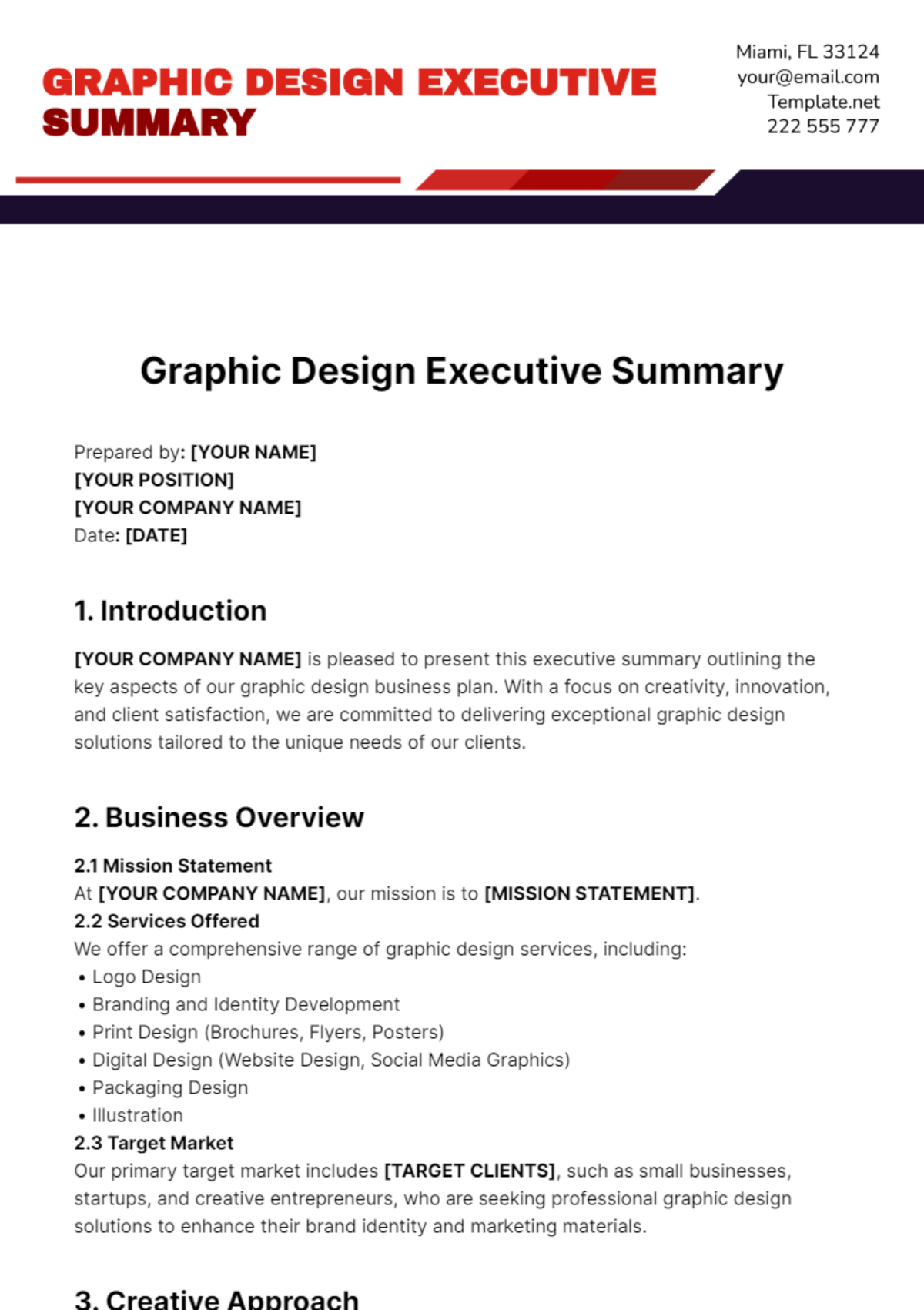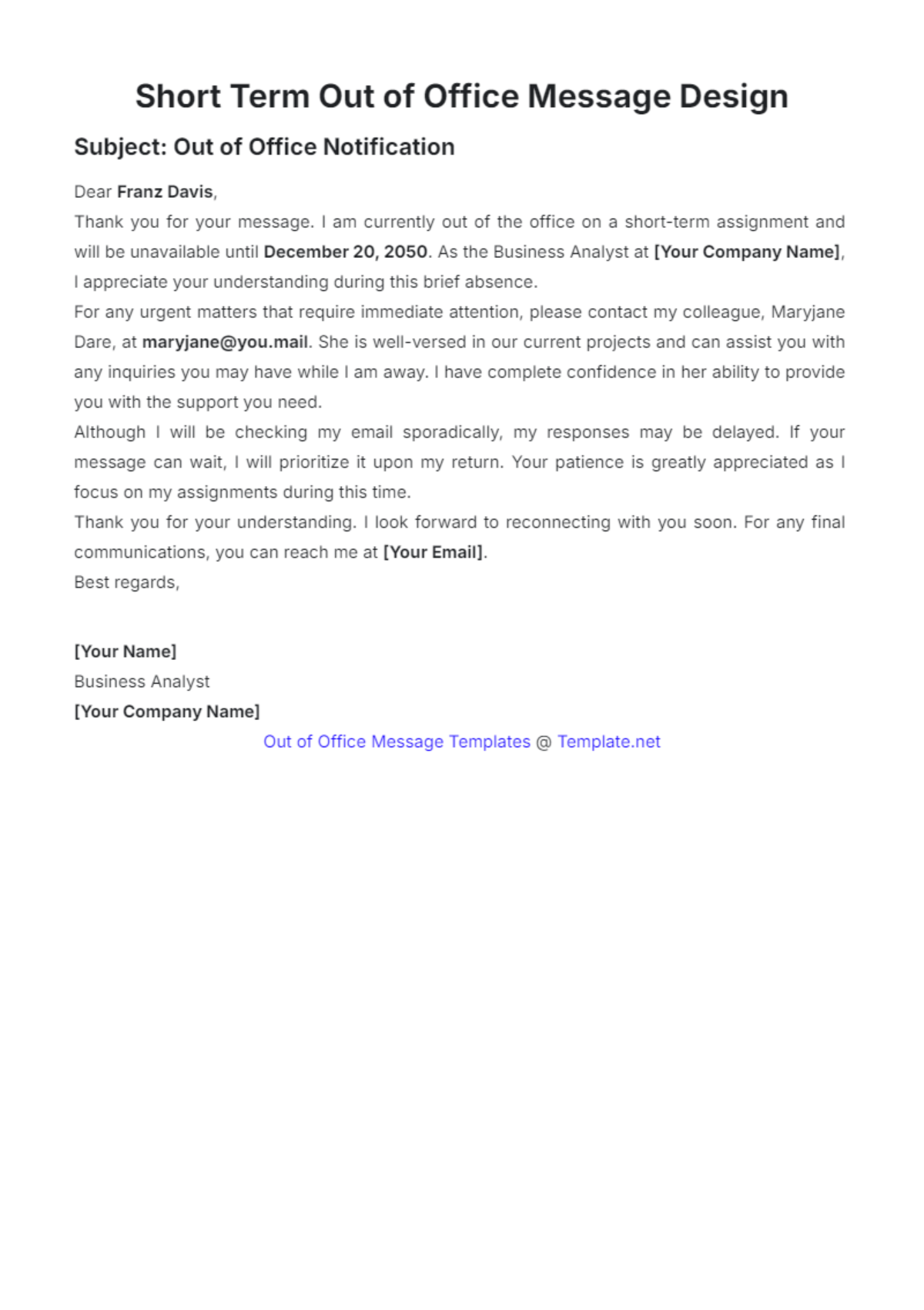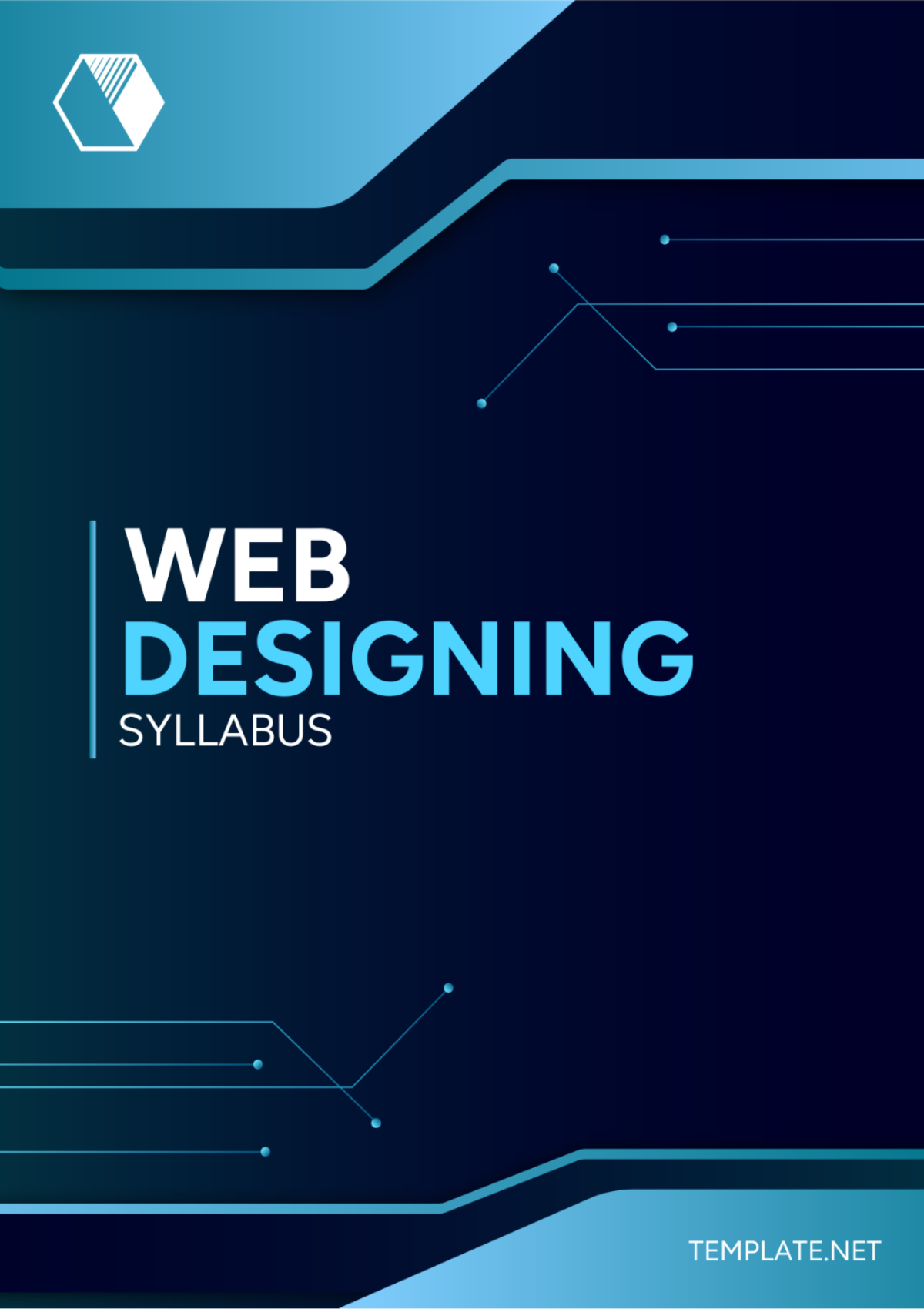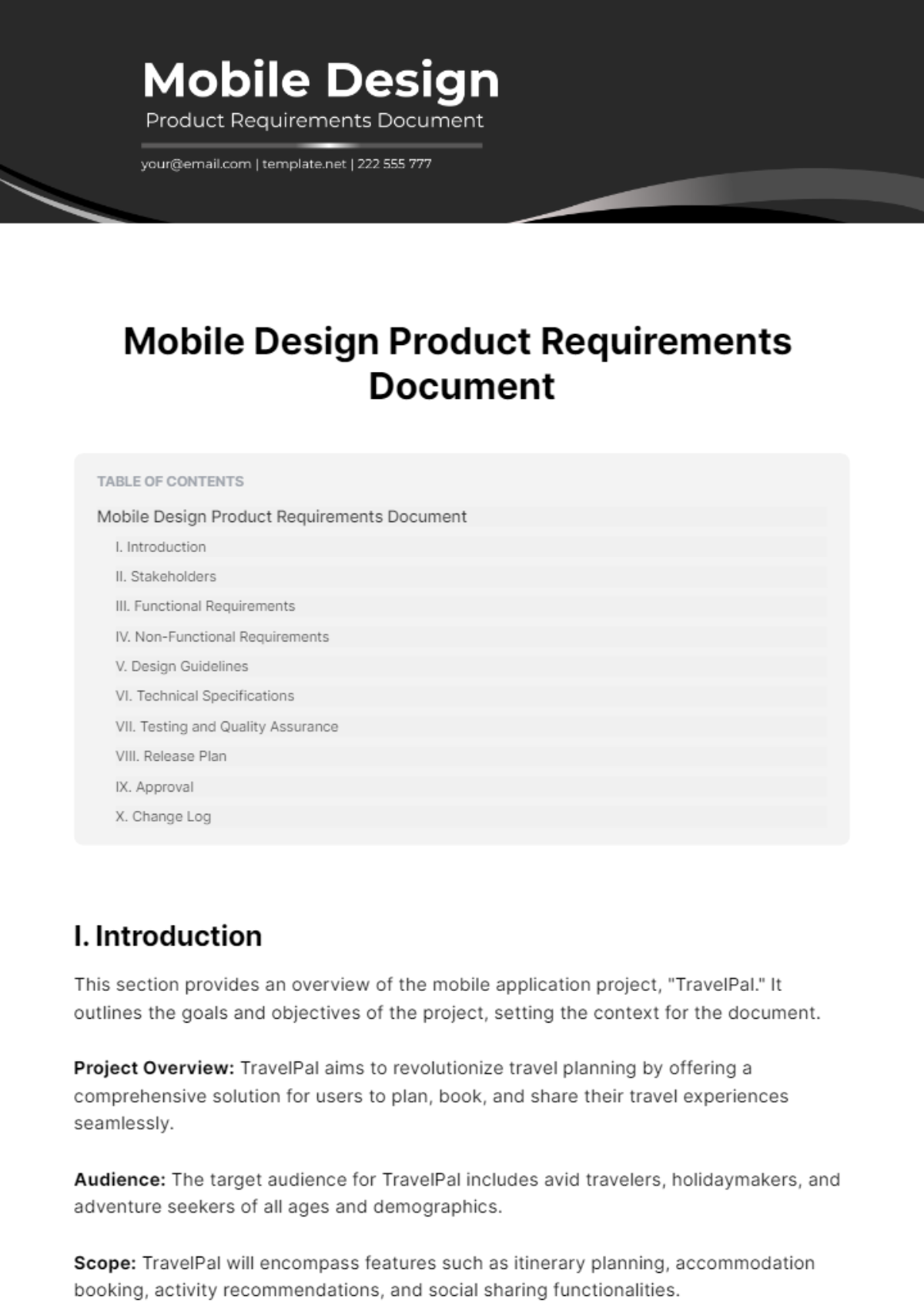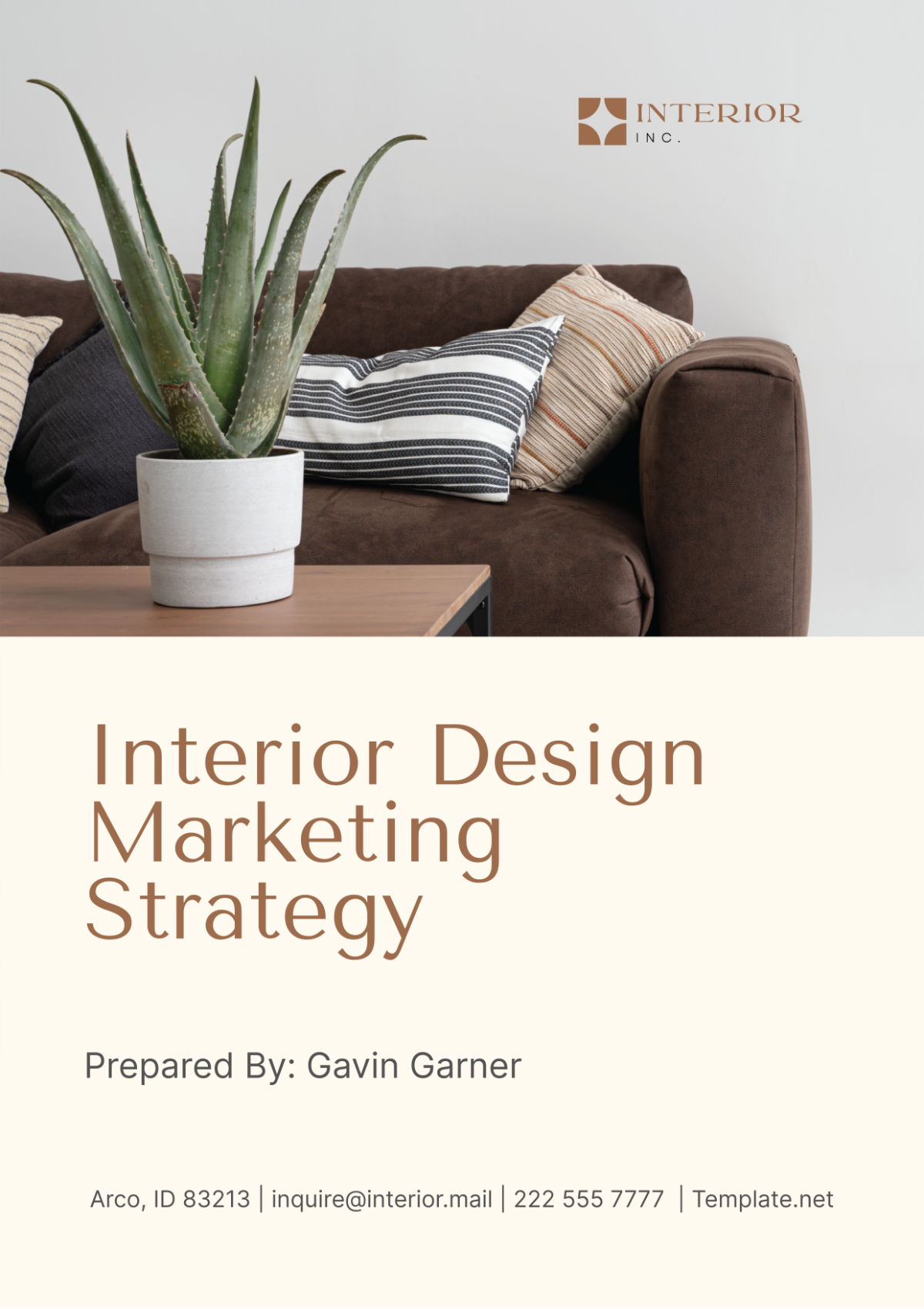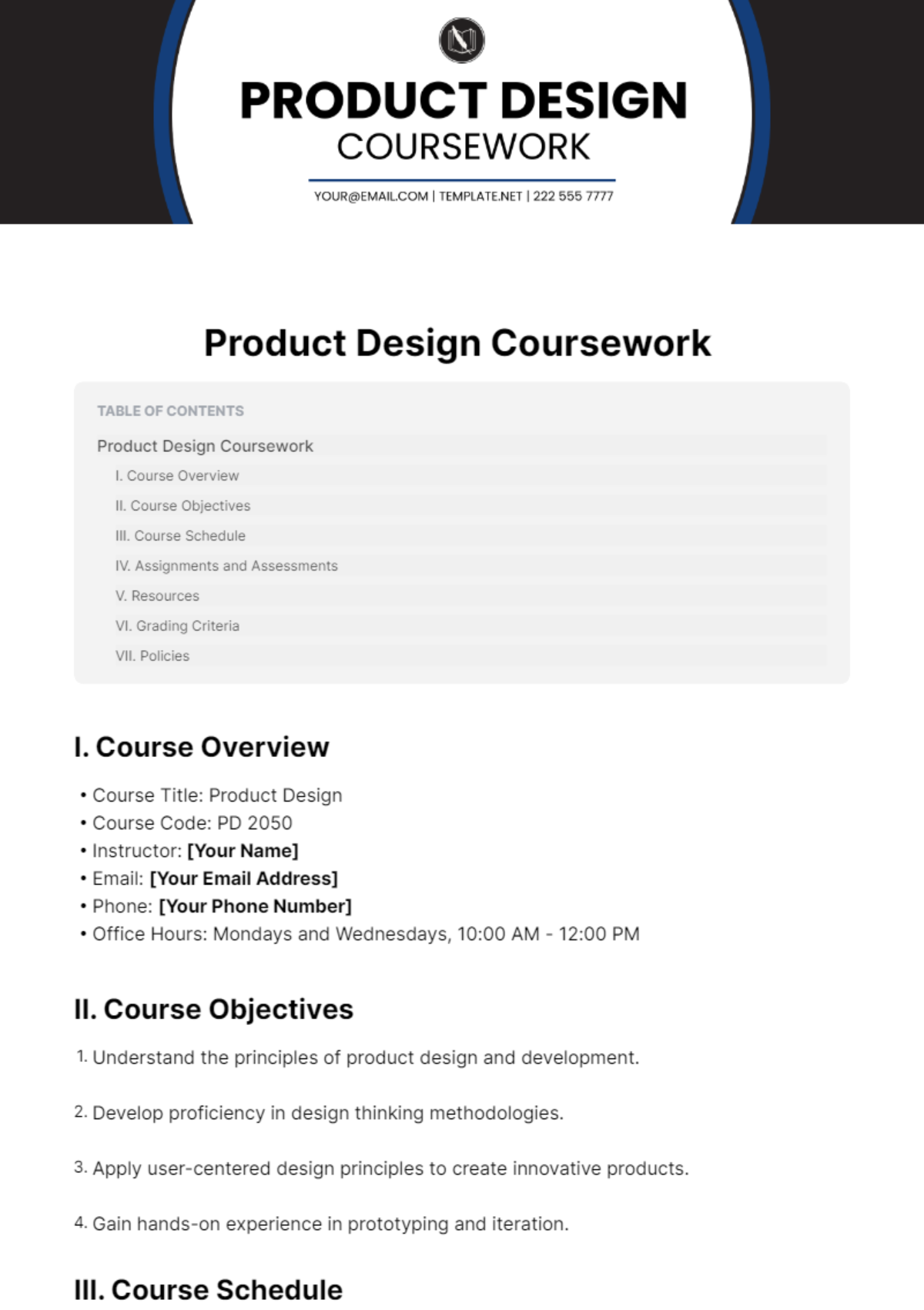Design User Guide
Prepared by: [YOUR NAME] [YOUR EMAIL]
I. Introduction
The purpose of this Design User Guide is to ensure a consistent and cohesive design across all touchpoints of our product. By following these guidelines, we aim to create an intuitive user experience and maintain the integrity of our design system.
II. Design Consistency
Maintaining design consistency is essential to building a recognizable and user-friendly product. This section provides guidelines on how design elements such as colors, typography, and layout should be applied consistently across different platforms.
Key Design Elements:
Typography: Use Roboto for body text and Montserrat for headings.
Colors: The primary color is #3498db (blue), and the secondary color is #2ecc71 (green).
Spacing: Maintain a 16px grid for margin and padding.
This consistency ensures that users can quickly recognize and engage with our product, regardless of the platform.
III. Onboarding New Designers or Teams
When new designers or teams join the project, the Design User Guide serves as an onboarding tool to help them understand the design principles and standards. This section outlines the core principles of the design system that every new member must follow.
Core Principles:
Simplicity: Always aim for a minimal and user-centered design.
Clarity: Every element should have a clear purpose and meaning.
Responsiveness: Design should adapt fluidly across devices and screen sizes.
These principles ensure that new members maintain the established standards and continue delivering high-quality designs.
IV. Collaboration Between Teams
Collaboration between design, development, and product teams is crucial for ensuring that the design vision is implemented effectively. This section outlines how the Design User Guide facilitates communication and collaboration across teams.
Guidelines for Team Collaboration:
Designers: Share prototypes and wireframes in the designated platform (Figma).
Developers: Refer to the code style guide to implement designs accurately.
Product Managers: Review design progress in bi-weekly sprint meetings.
By adhering to these guidelines, teams can stay aligned and work efficiently towards common design and product goals.
V. Scaling Design Systems
As the product or company grows, the design needs to scale. This section addresses how to expand and adapt the design system without losing consistency.
Scaling Tips:
Component Library: Use Atomic Design principles to create reusable design components.
Design Tokens: Define color, typography, and spacing values in a centralized document to ensure consistency as new components are added.
By following these strategies, our design system can evolve and adapt to new challenges while maintaining a cohesive user experience.
VI. Cross-Platform Implementation
Design must be adaptable across various platforms such as web, mobile, and tablet. This section outlines best practices for ensuring a smooth cross-platform implementation.
Best Practices:
Mobile First: Start the design process for mobile screens and scale up for larger screens.
Responsive Layouts: Use flexible grids and breakpoints to ensure designs work across all devices.
These practices ensure that users have a seamless experience across different devices and screen sizes.
VII. User Experience Optimization
Optimizing user experience (UX) is key to ensuring that the design is intuitive, accessible, and easy to use. This section outlines the UX optimization techniques to follow.
Key UX Techniques:
Usability Testing: Conduct bi-monthly usability tests and focus groups to identify pain points.
Accessibility: Ensure all designs meet WCAG 2.1 standards for accessibility.
By following these guidelines, we ensure that users have a pleasant and intuitive experience with the product.
VIII. Conclusion
By adhering to the principles and guidelines outlined in this Design User Guide, teams can ensure that the product’s design remains consistent, user-friendly, and adaptable to growth. This guide serves as an essential tool for achieving a cohesive design experience across all platforms and touchpoints.
